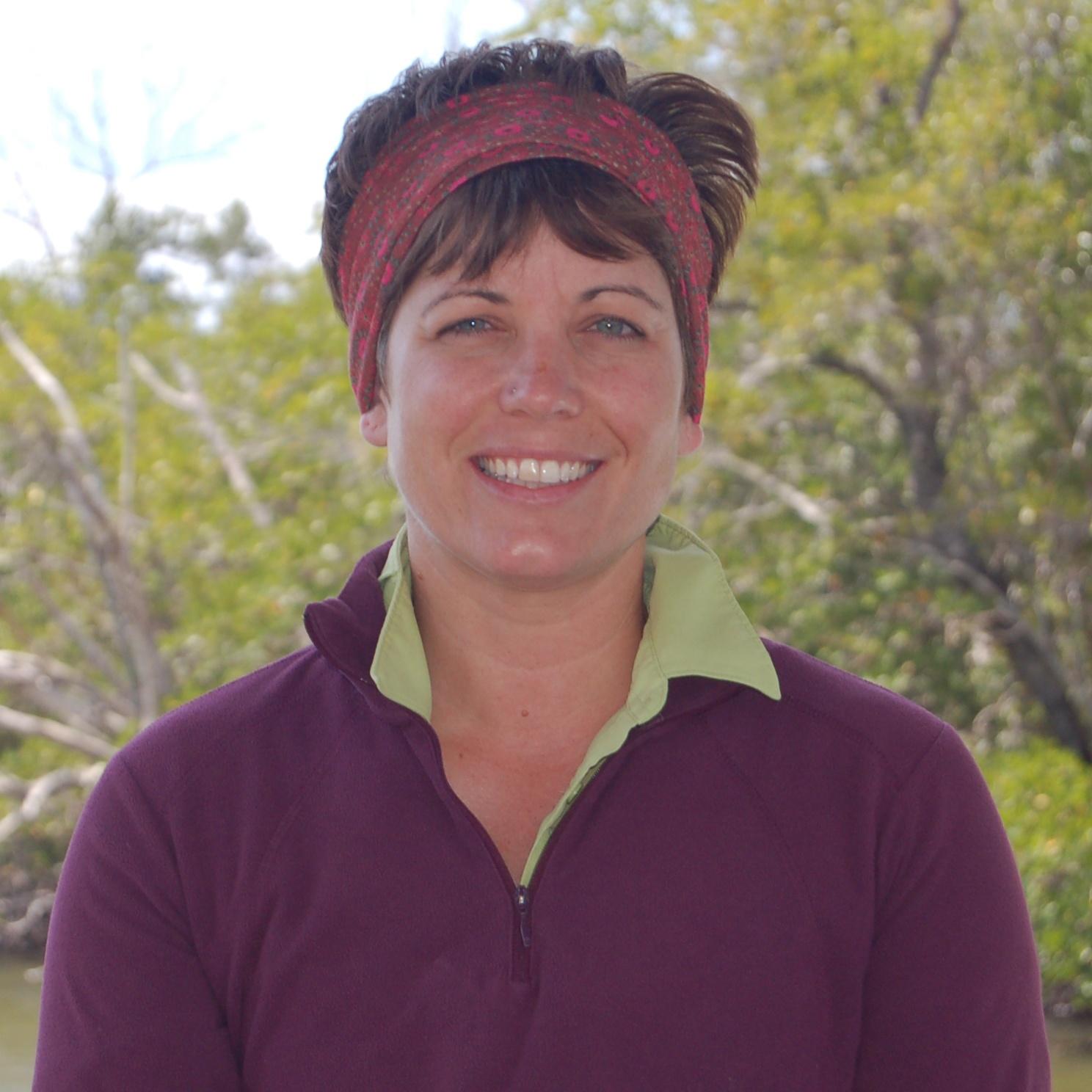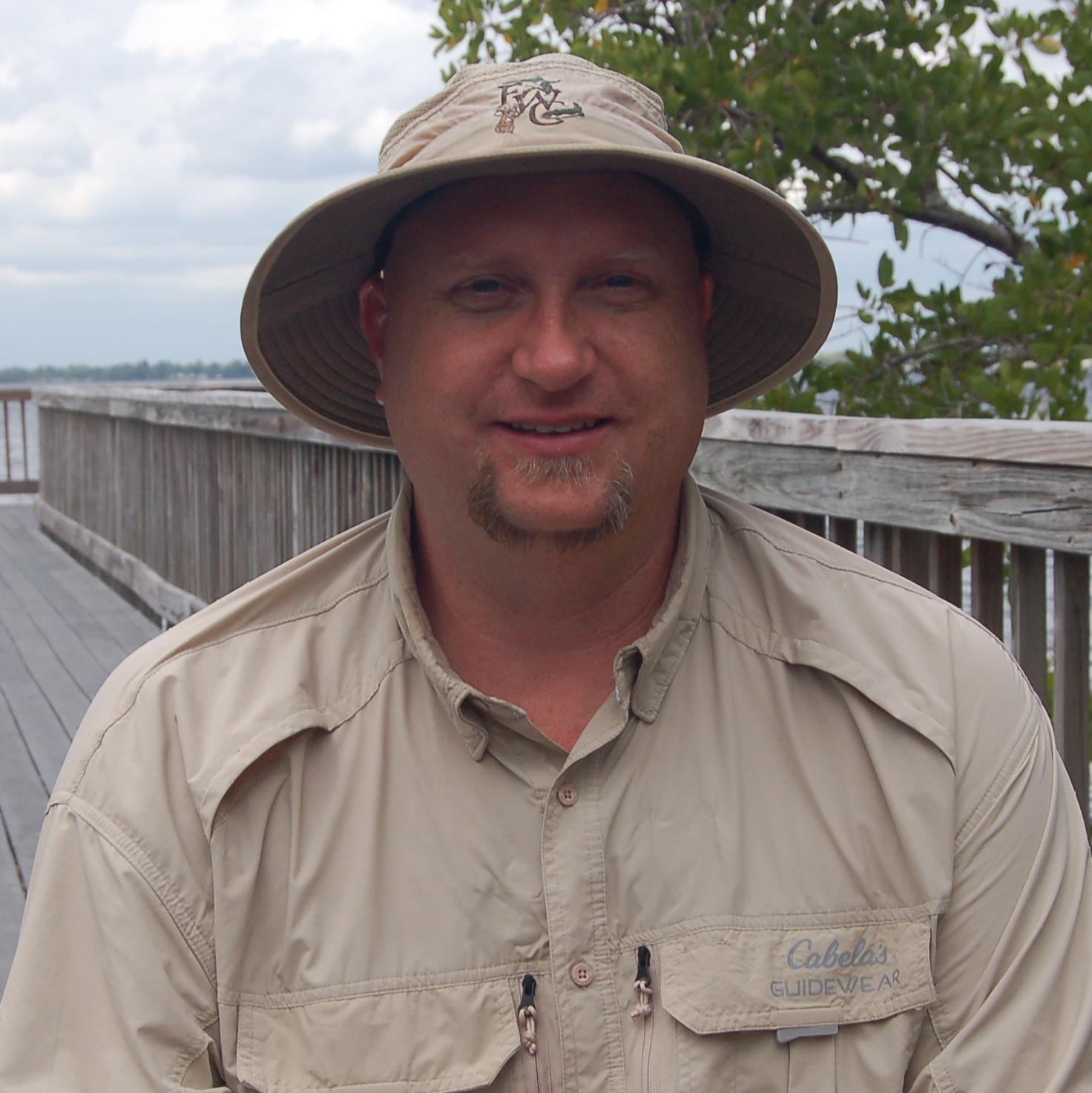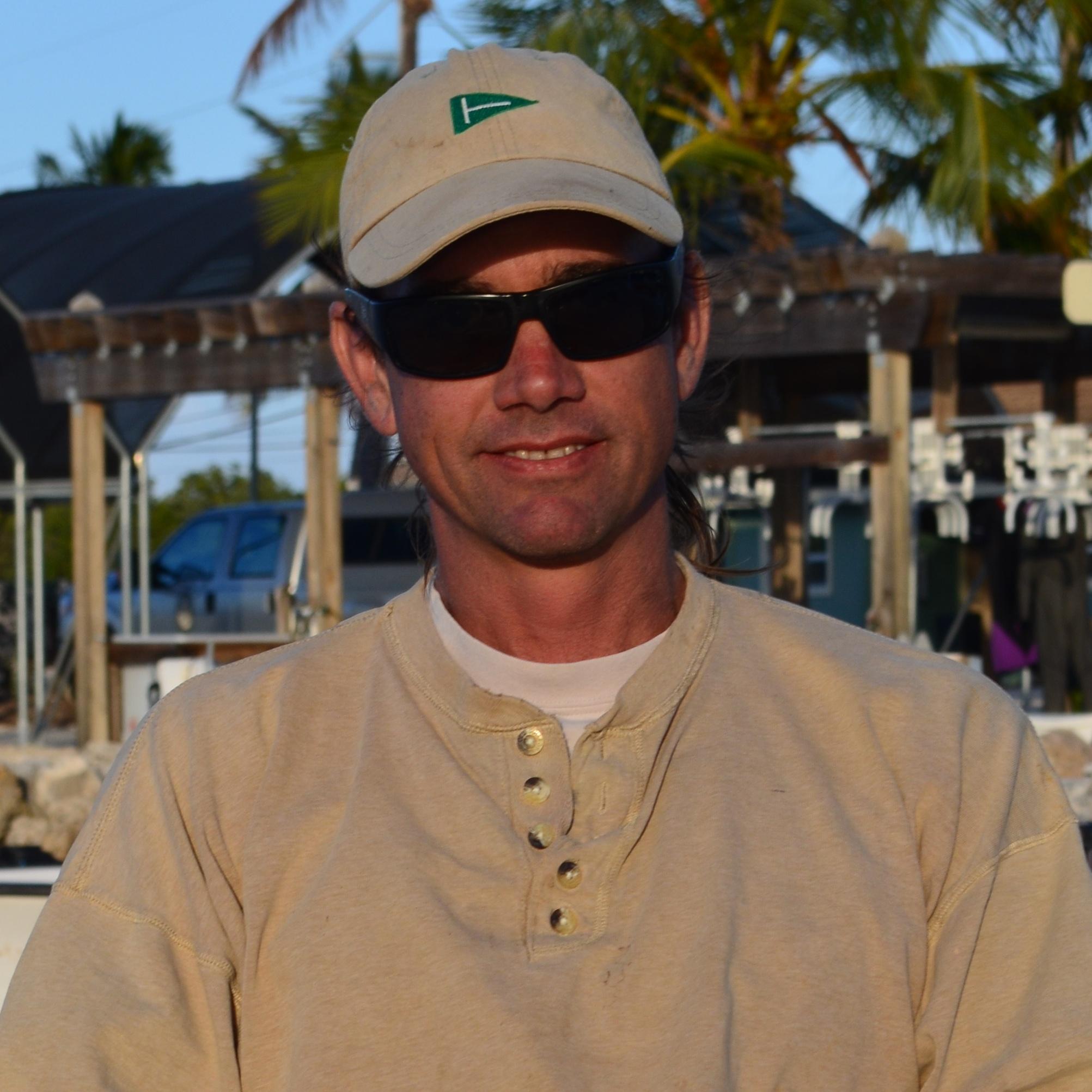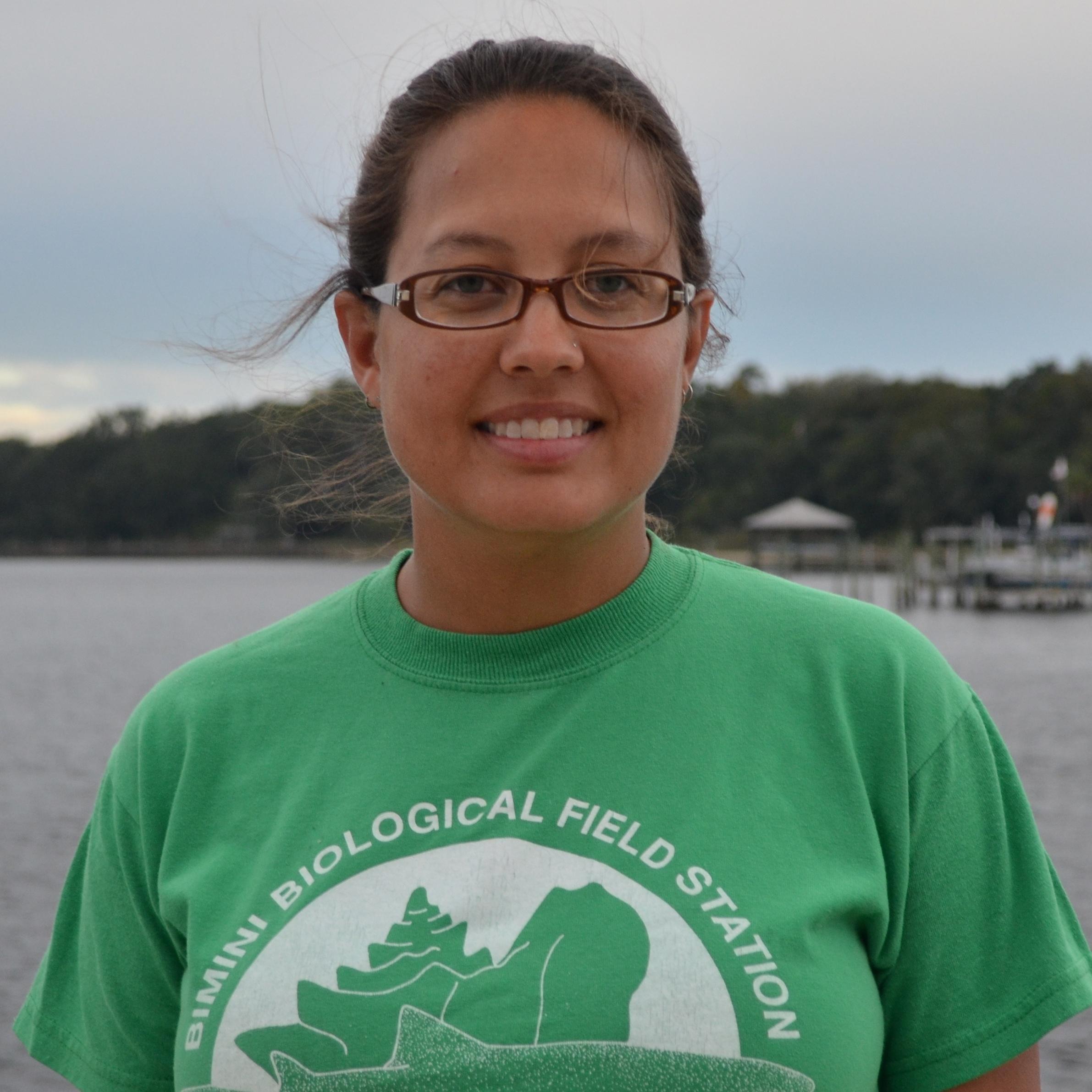Episode 604: Saving Sawfish
Strange and prehistoric-looking, smalltooth sawfish were once coveted by anglers as popular trophy fish. But habitat loss and overfishing have greatly reduced the animals’ range and landed them on the endangered species list in 2003. Historic records report sightings of the fish as far north as New York and west to the Texas-Mexico border. Today, the animals, which are related to the sharks, skates and rays, are limited to South Florida. Now scientists are conducting research to save the species. Little was known about smalltooth sawfish when they became endangered, so experts are conducting basic research about their life history, as well as tracking their movements using satellite and acoustic tags.
Experts
Meet the experts featured in this episode.
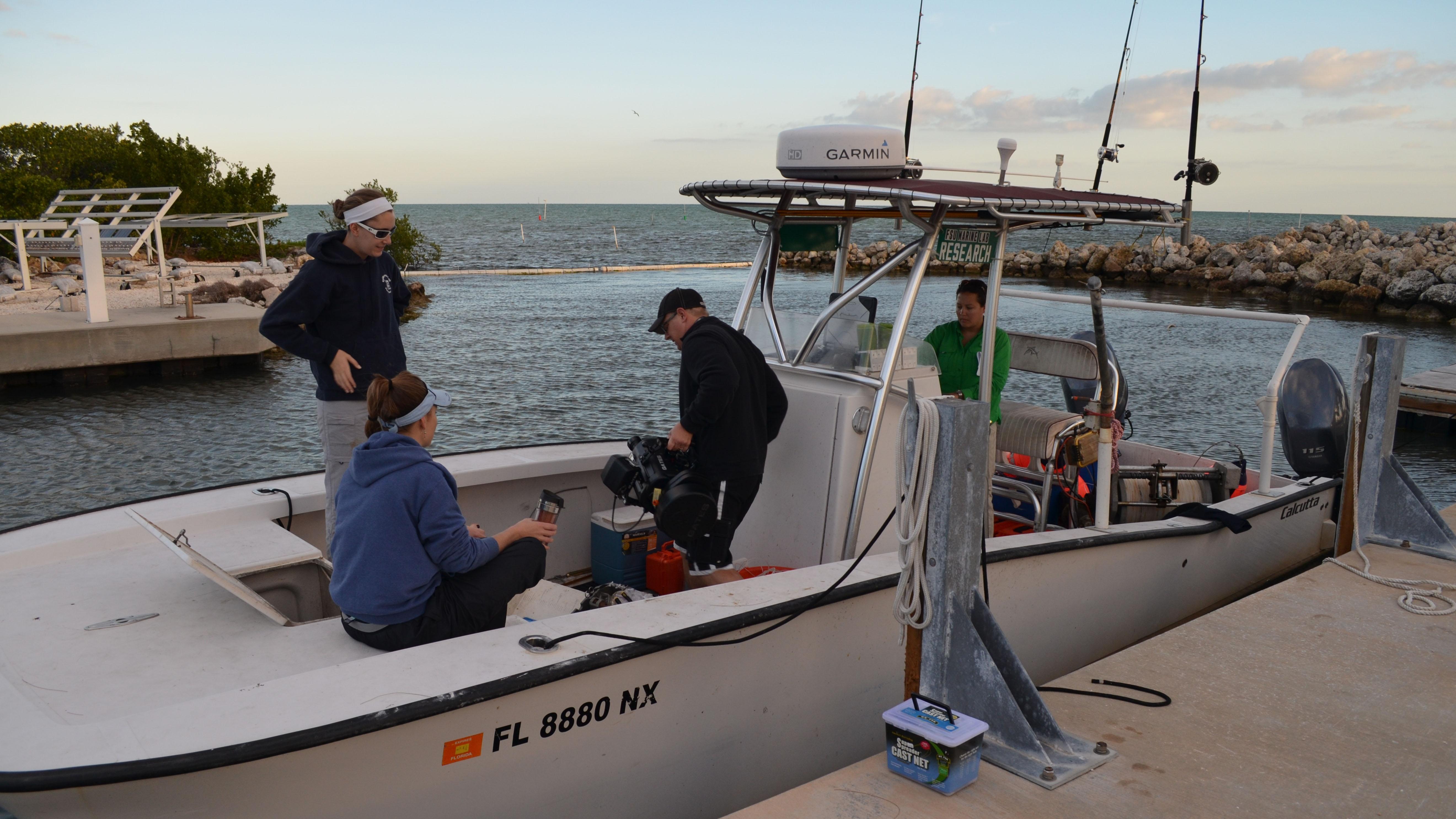
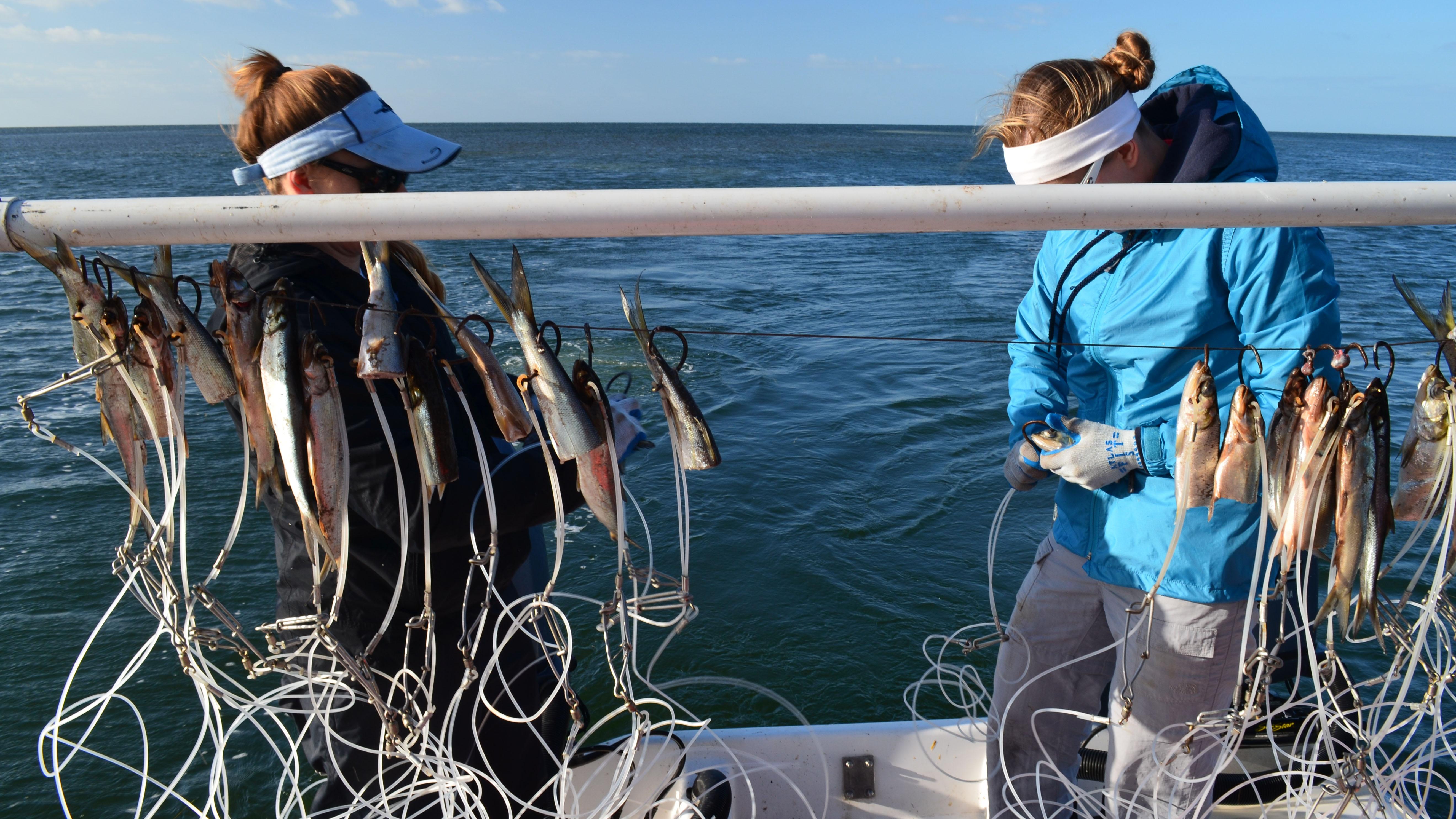
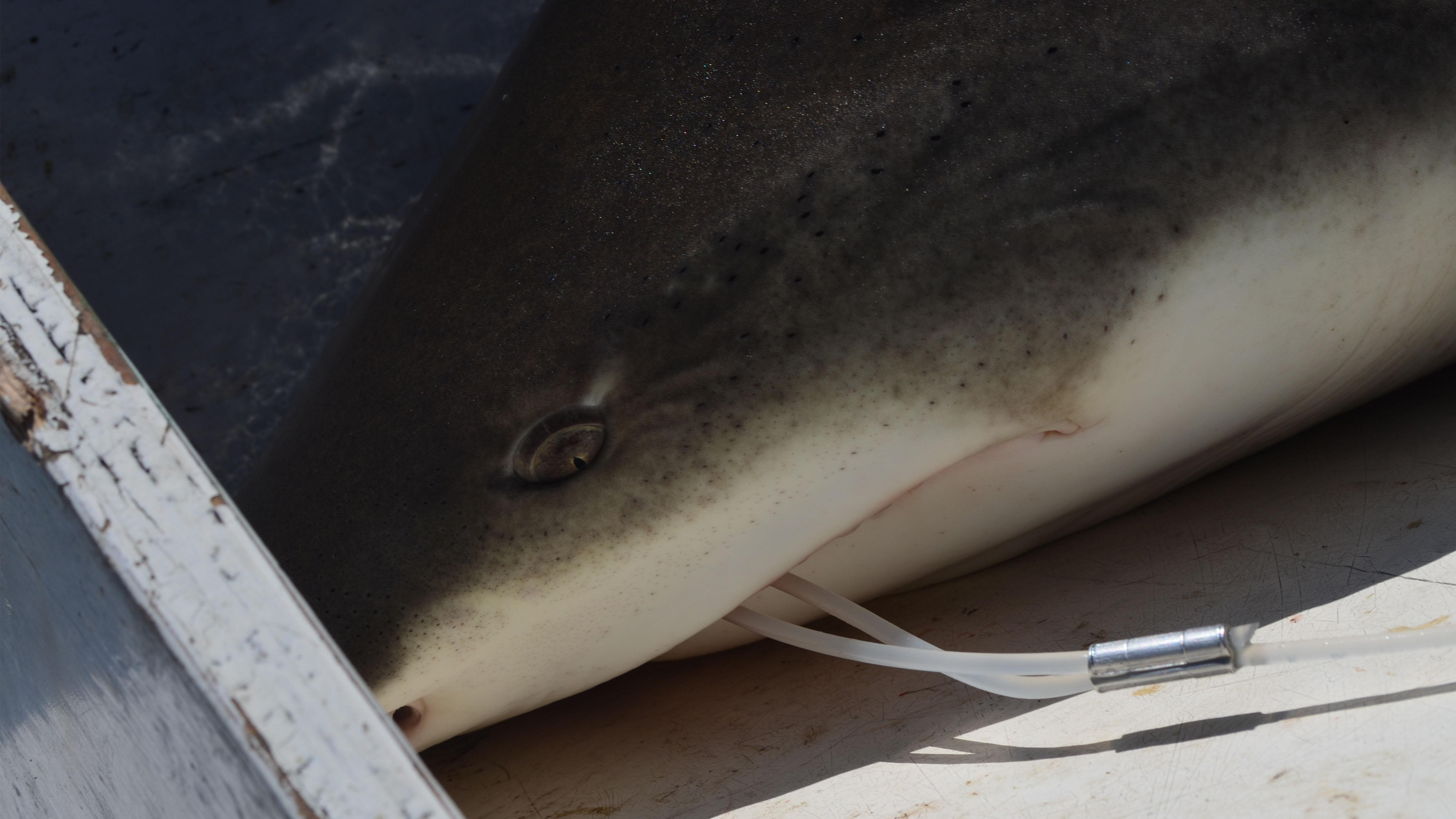
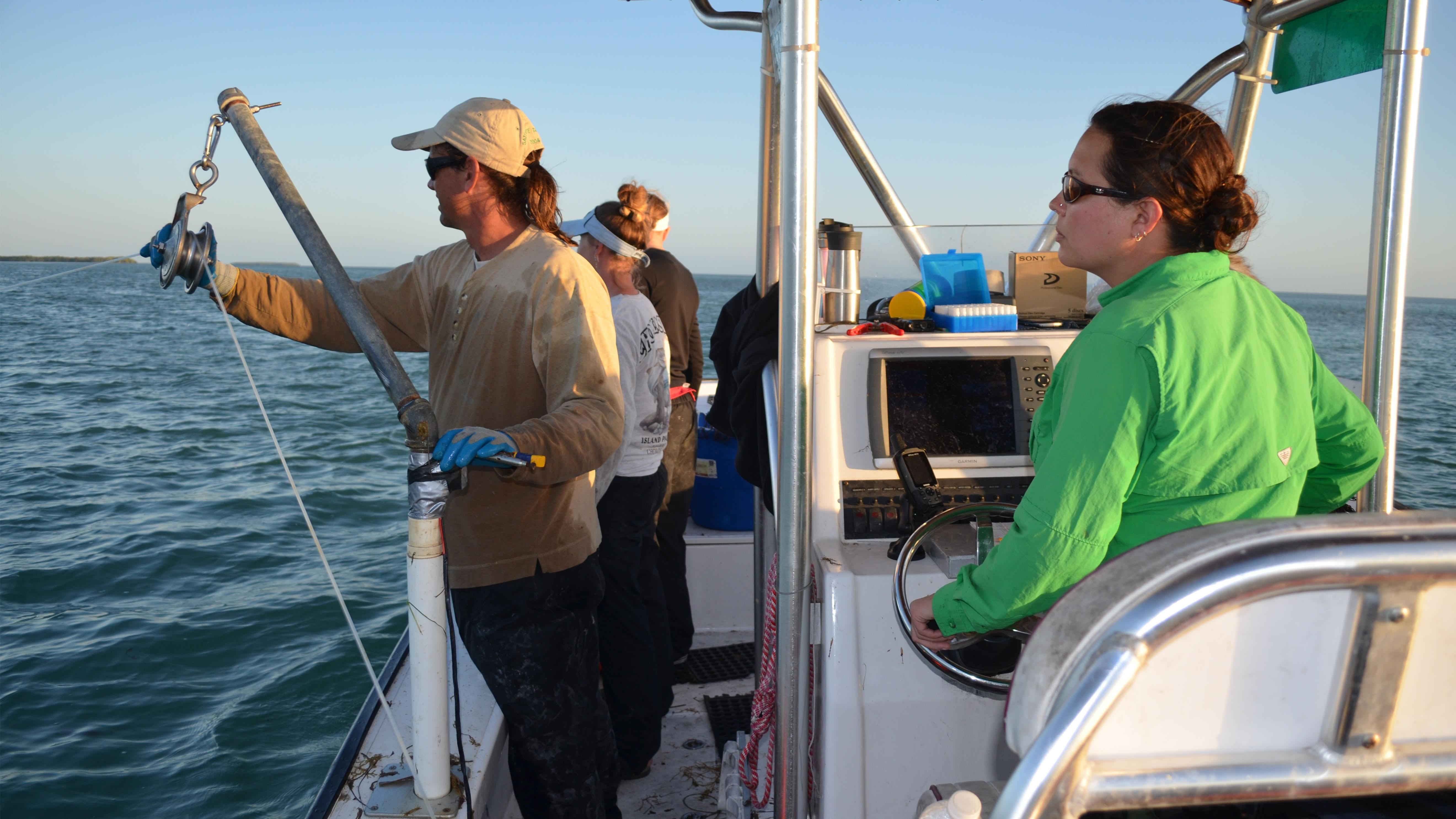
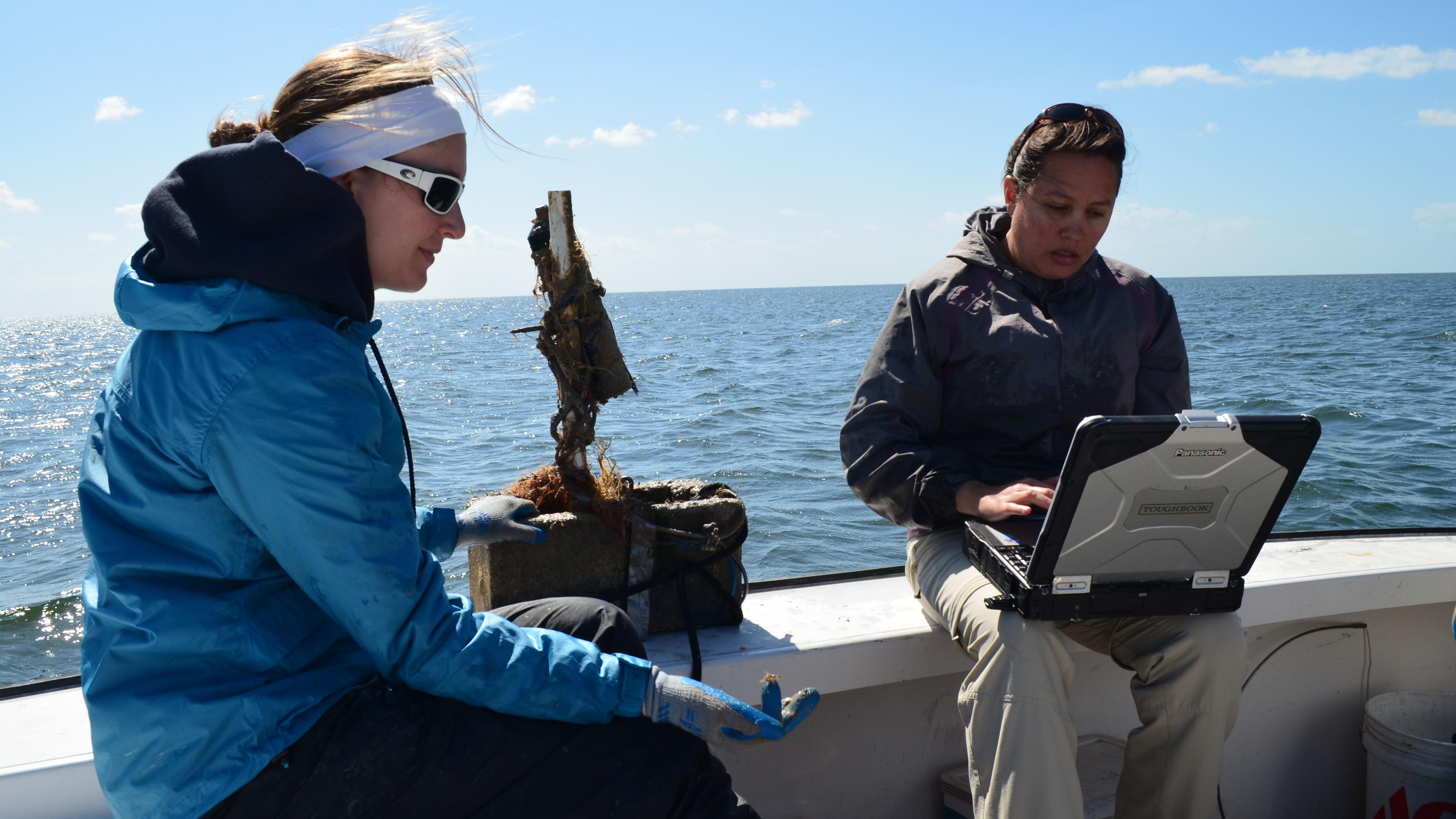
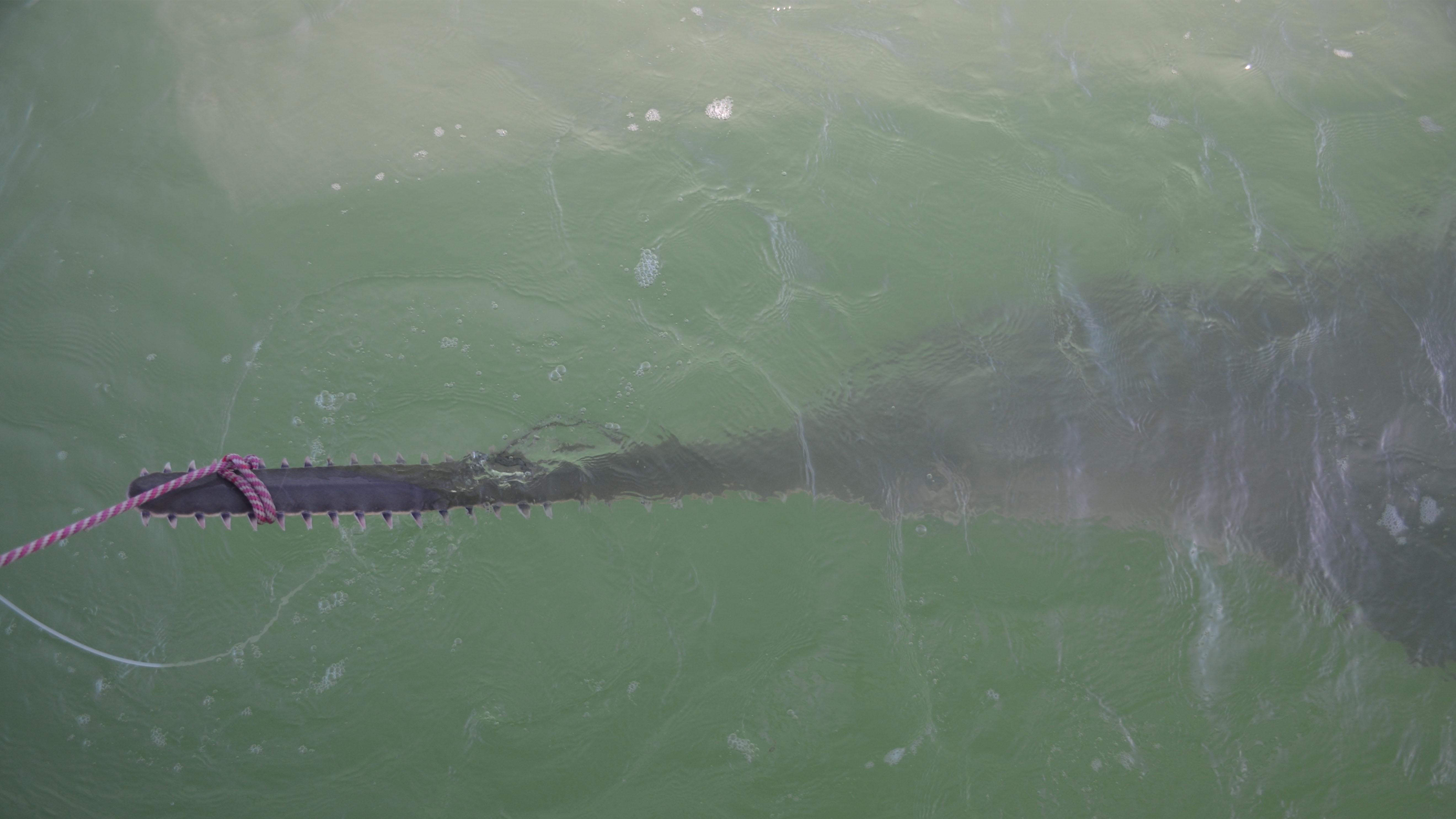

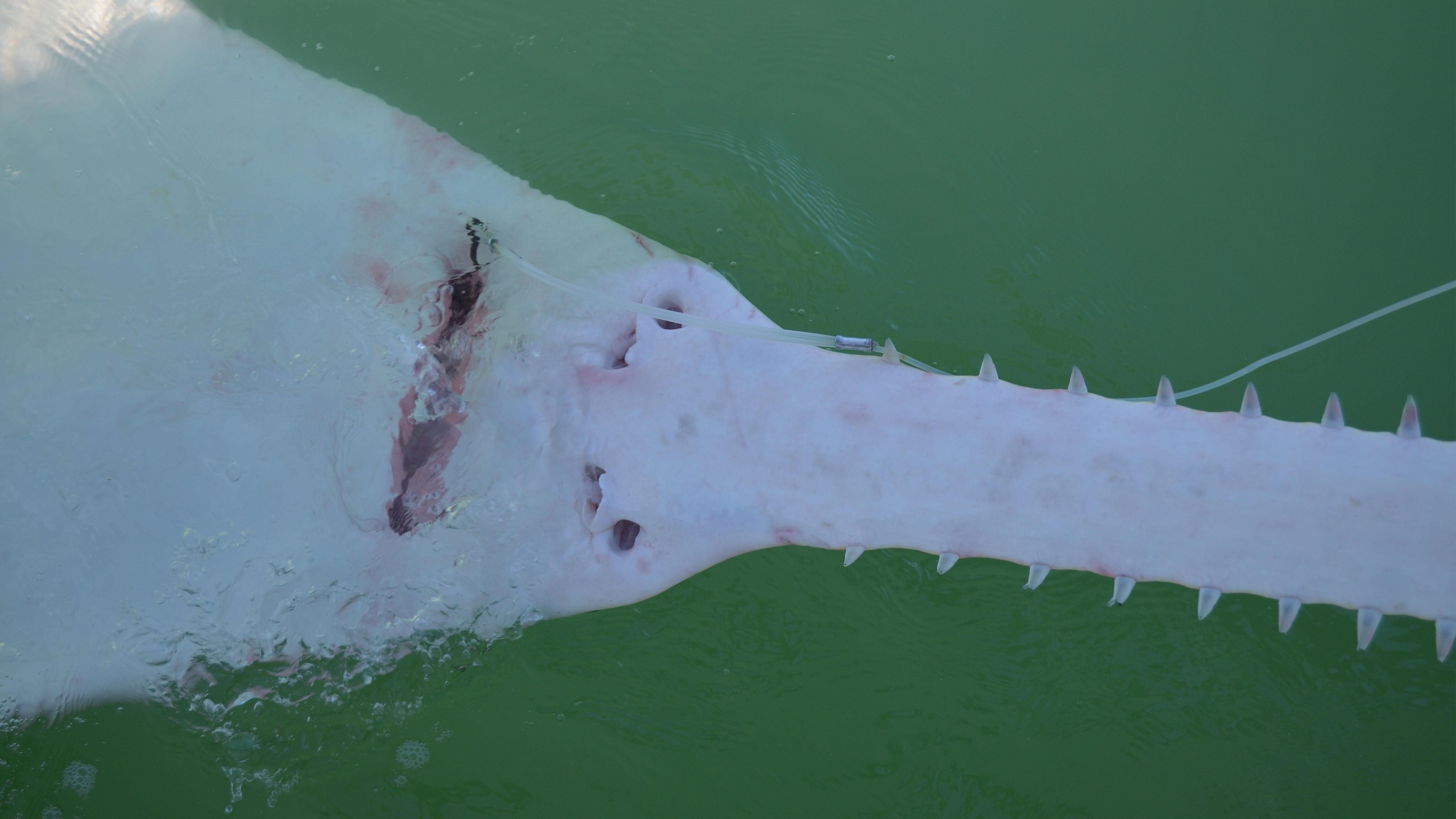
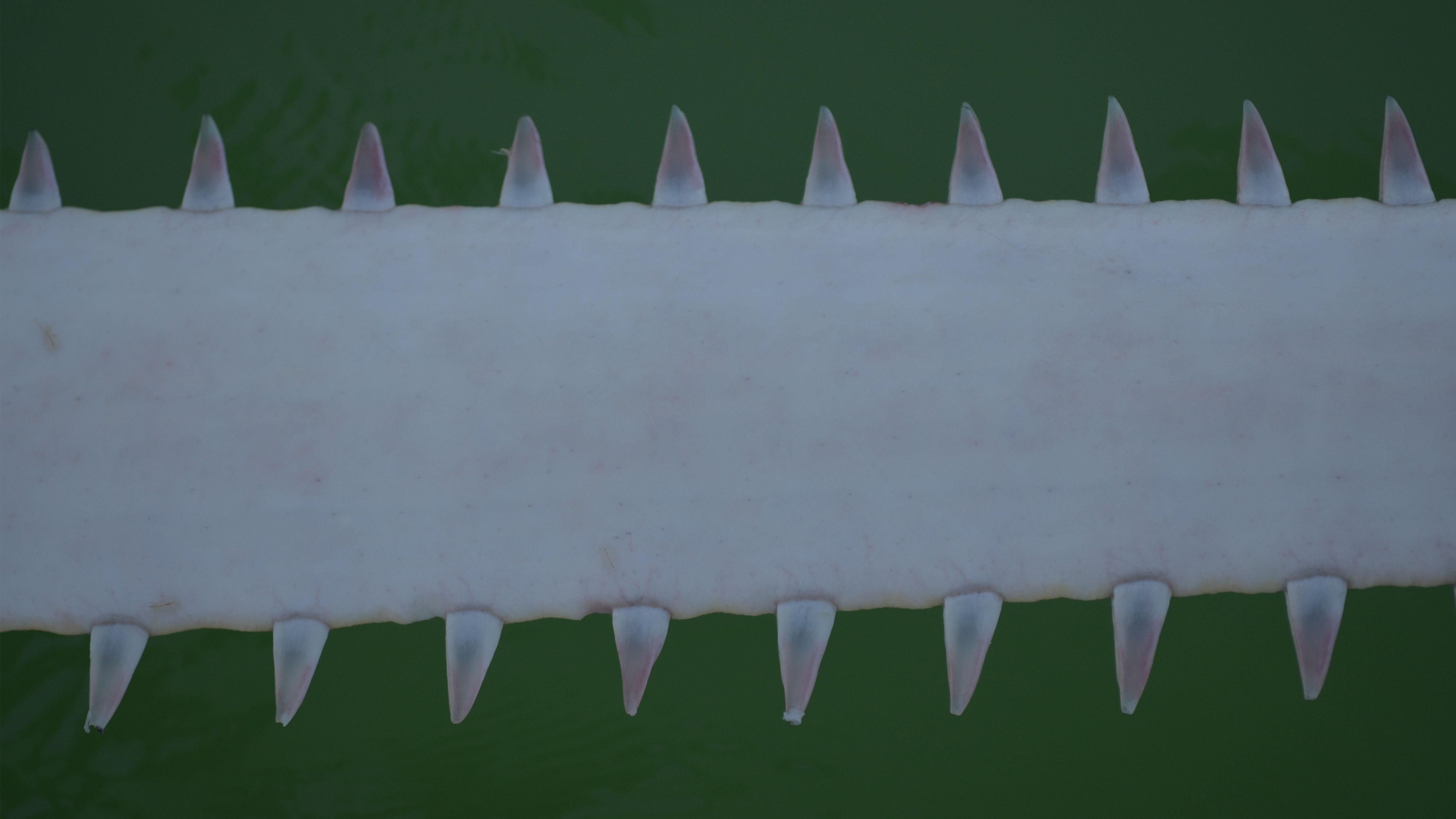
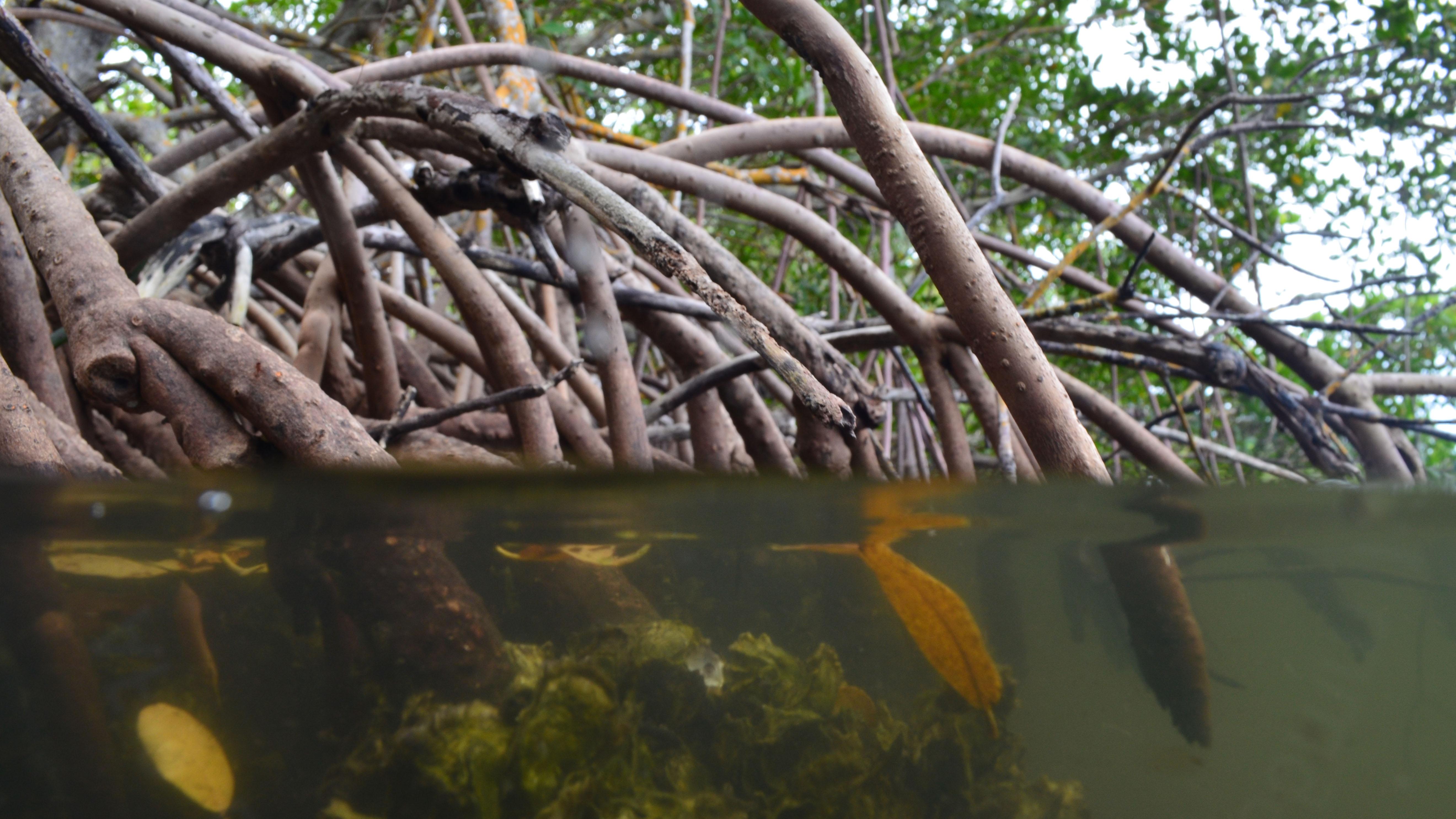
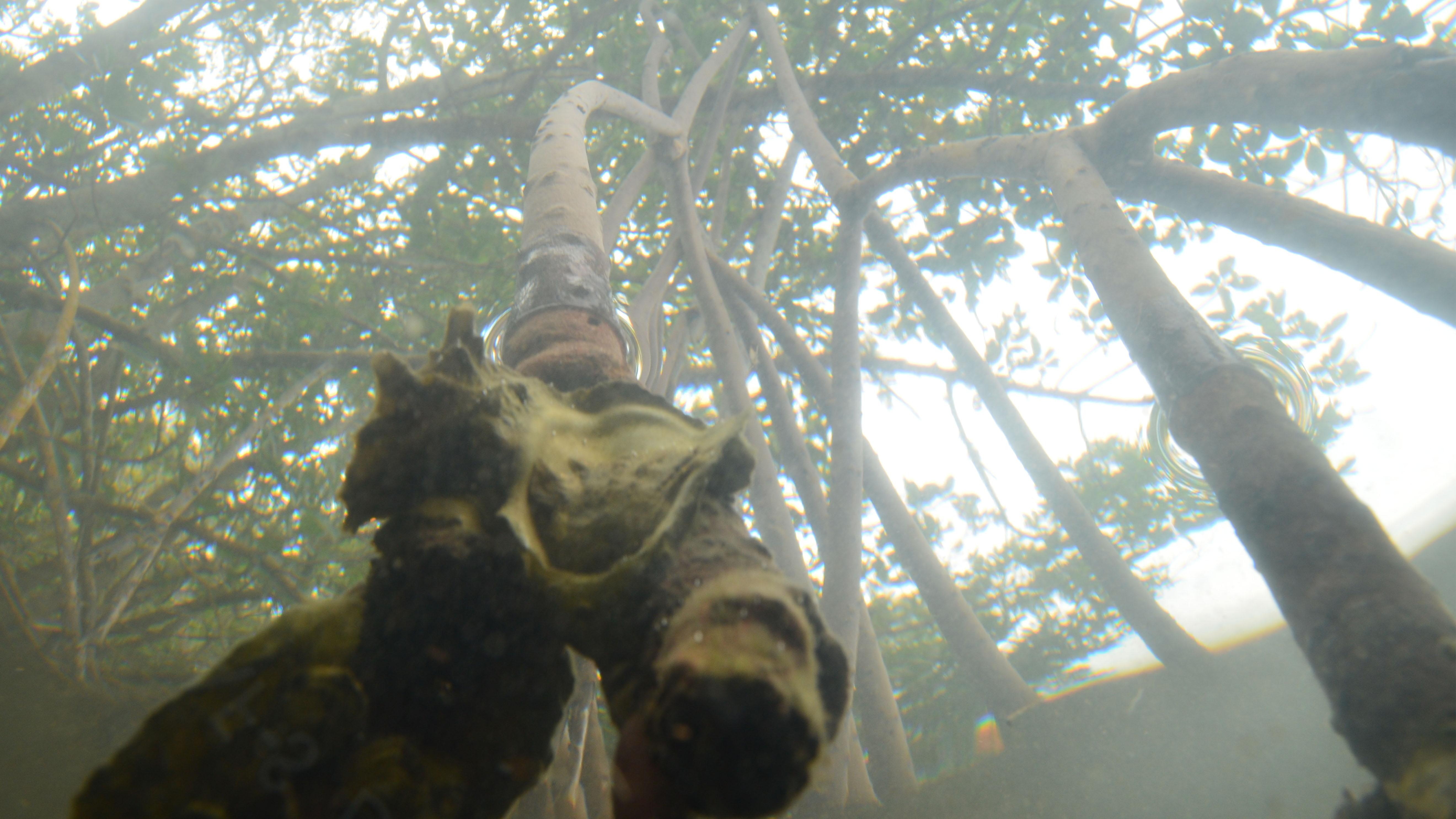
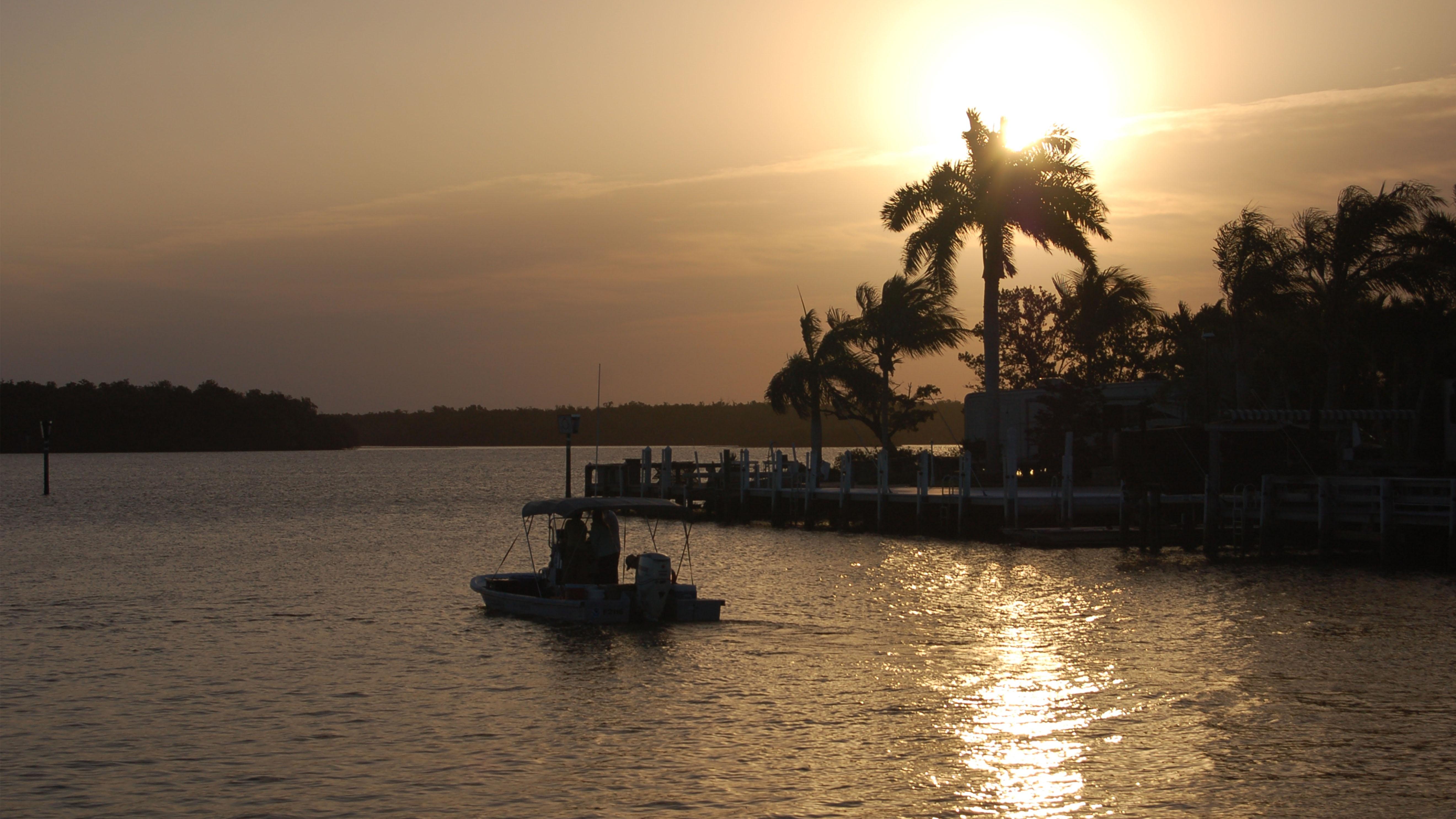
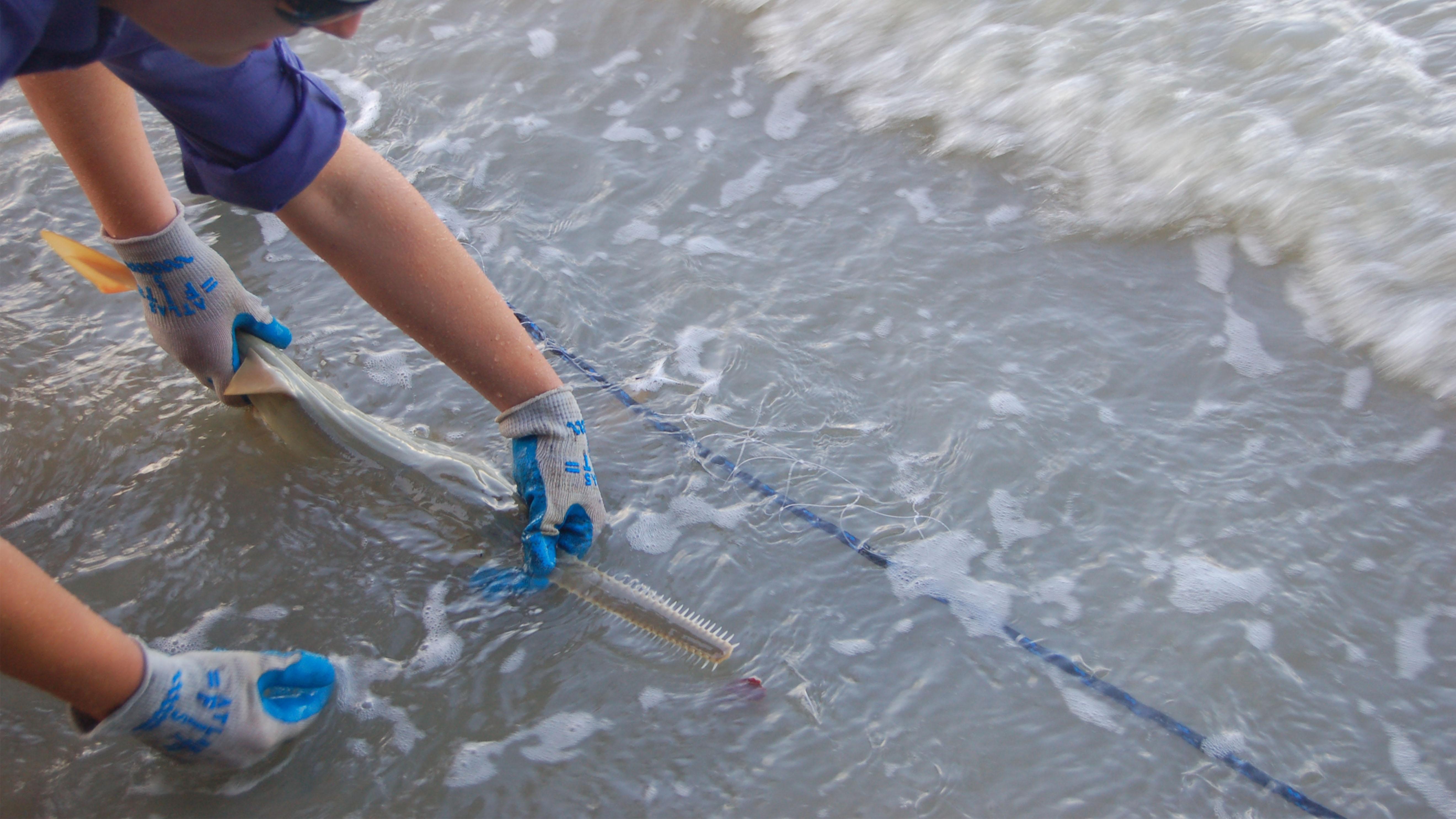
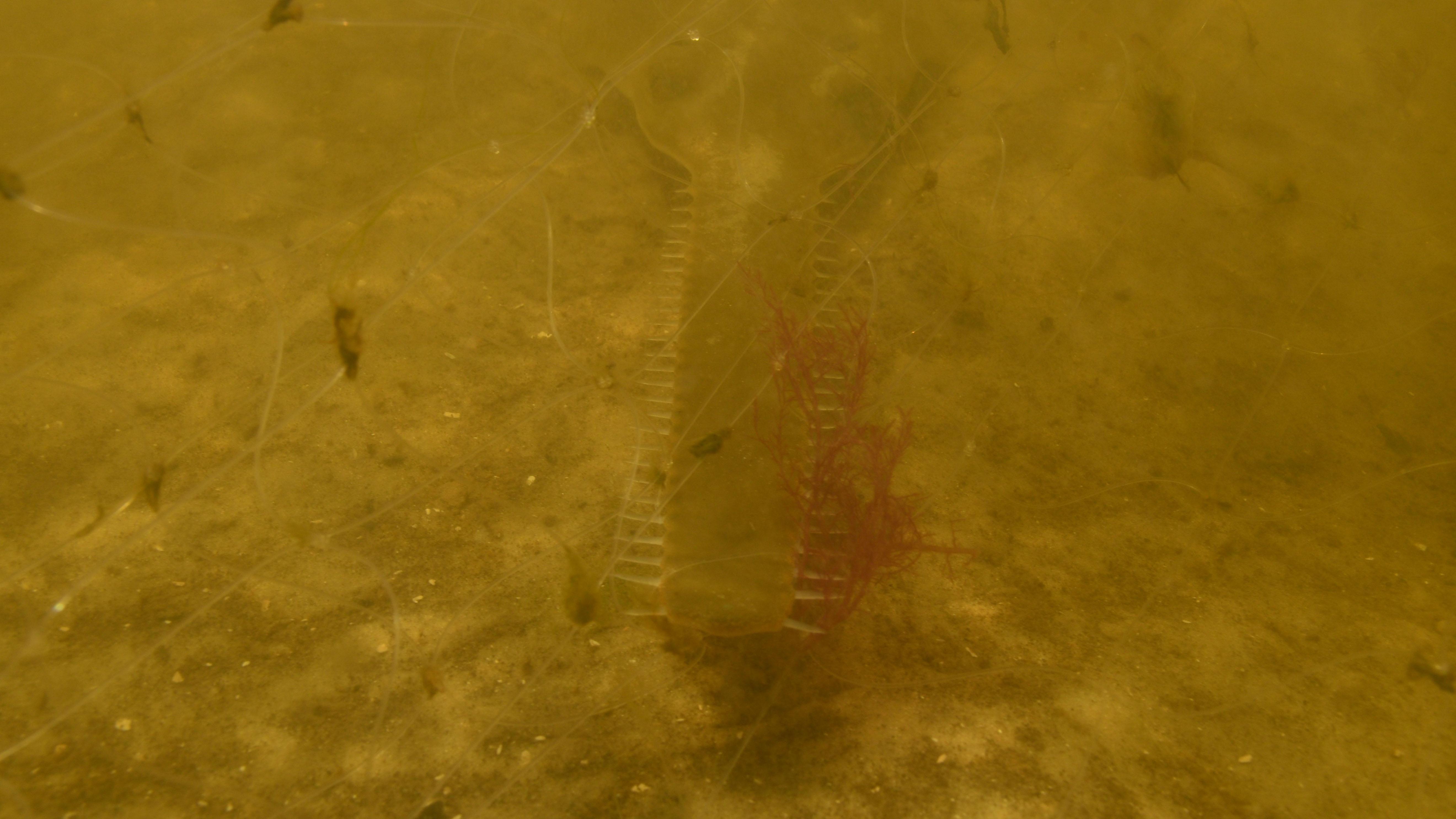
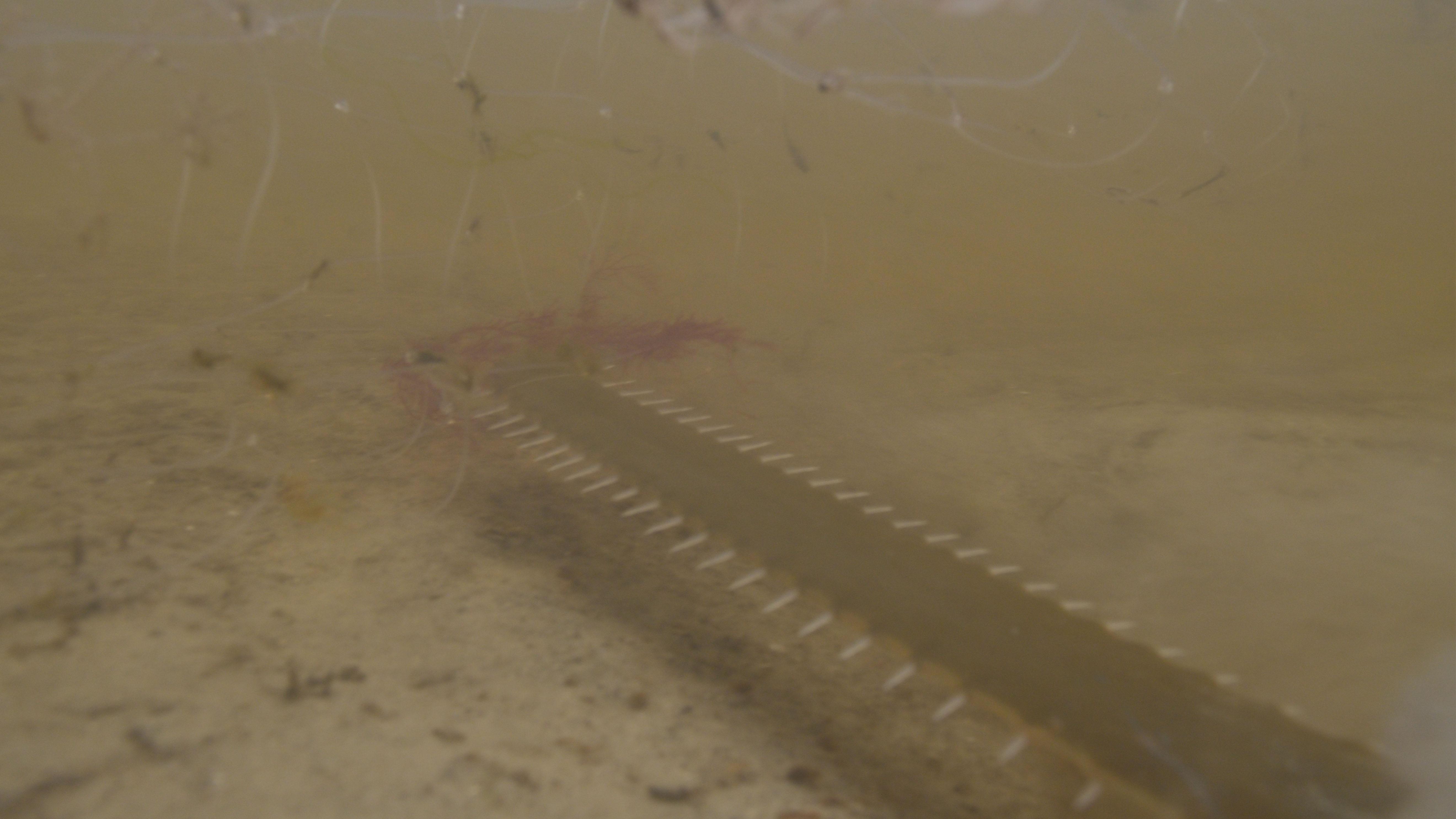
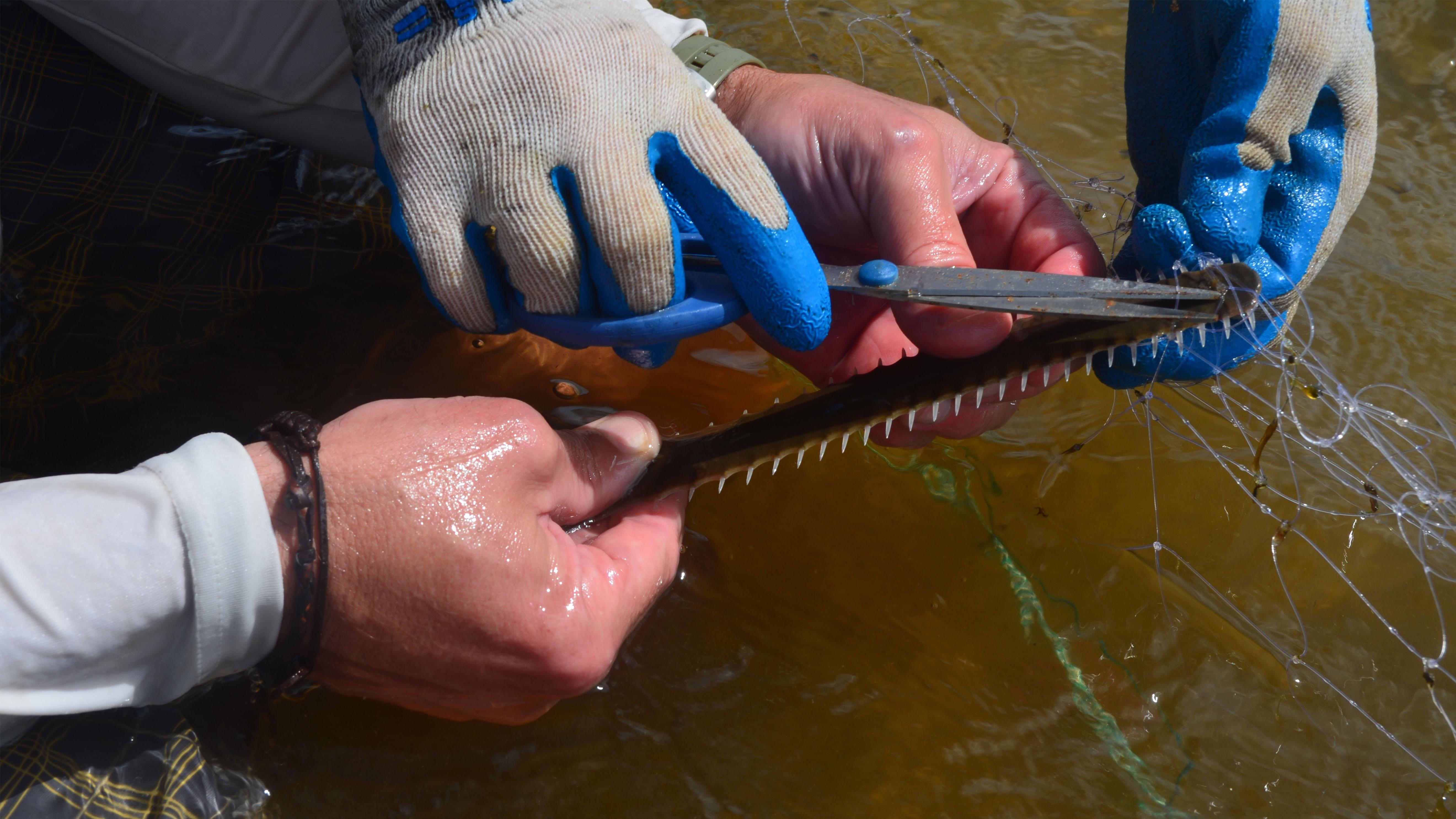
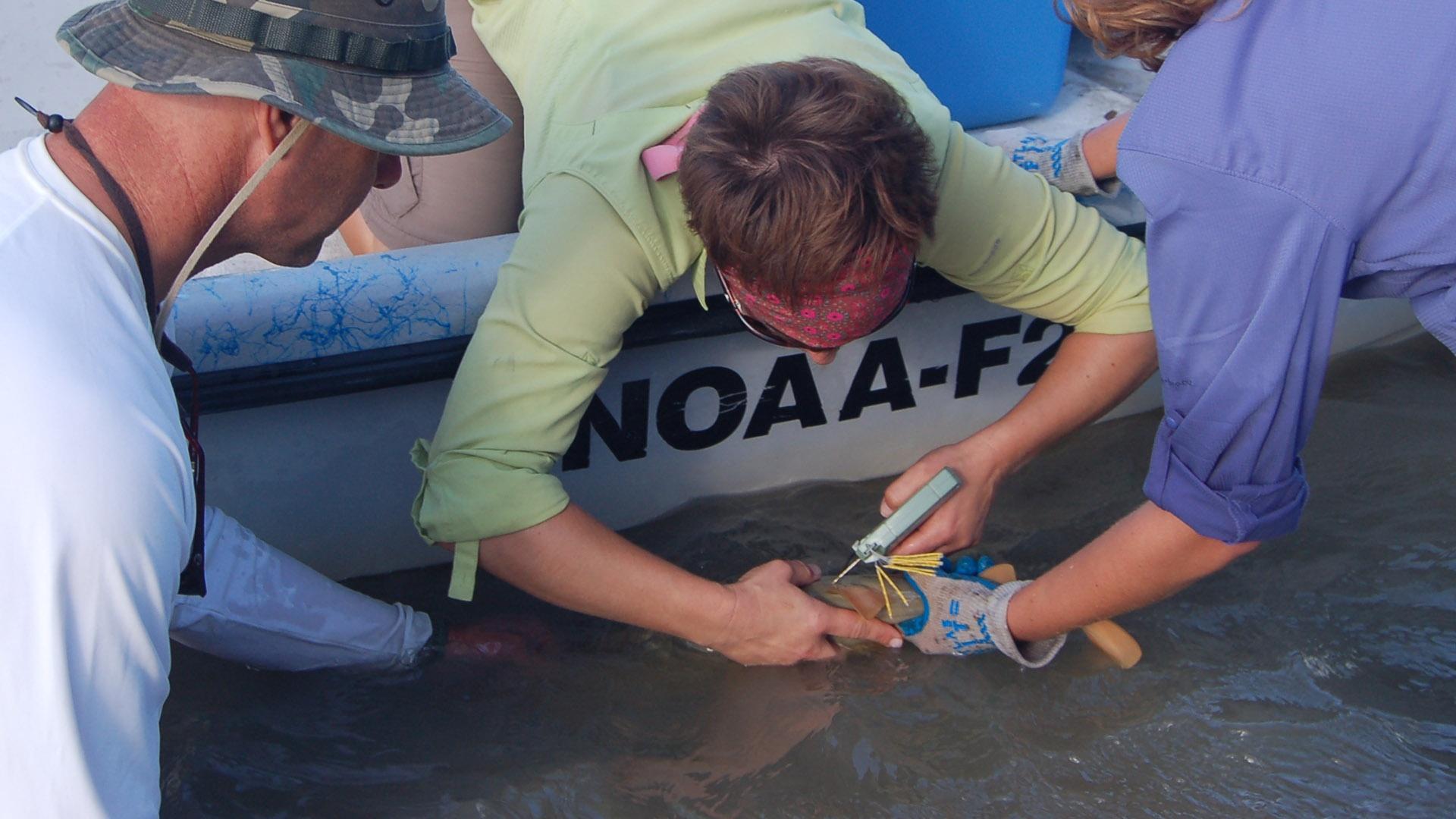
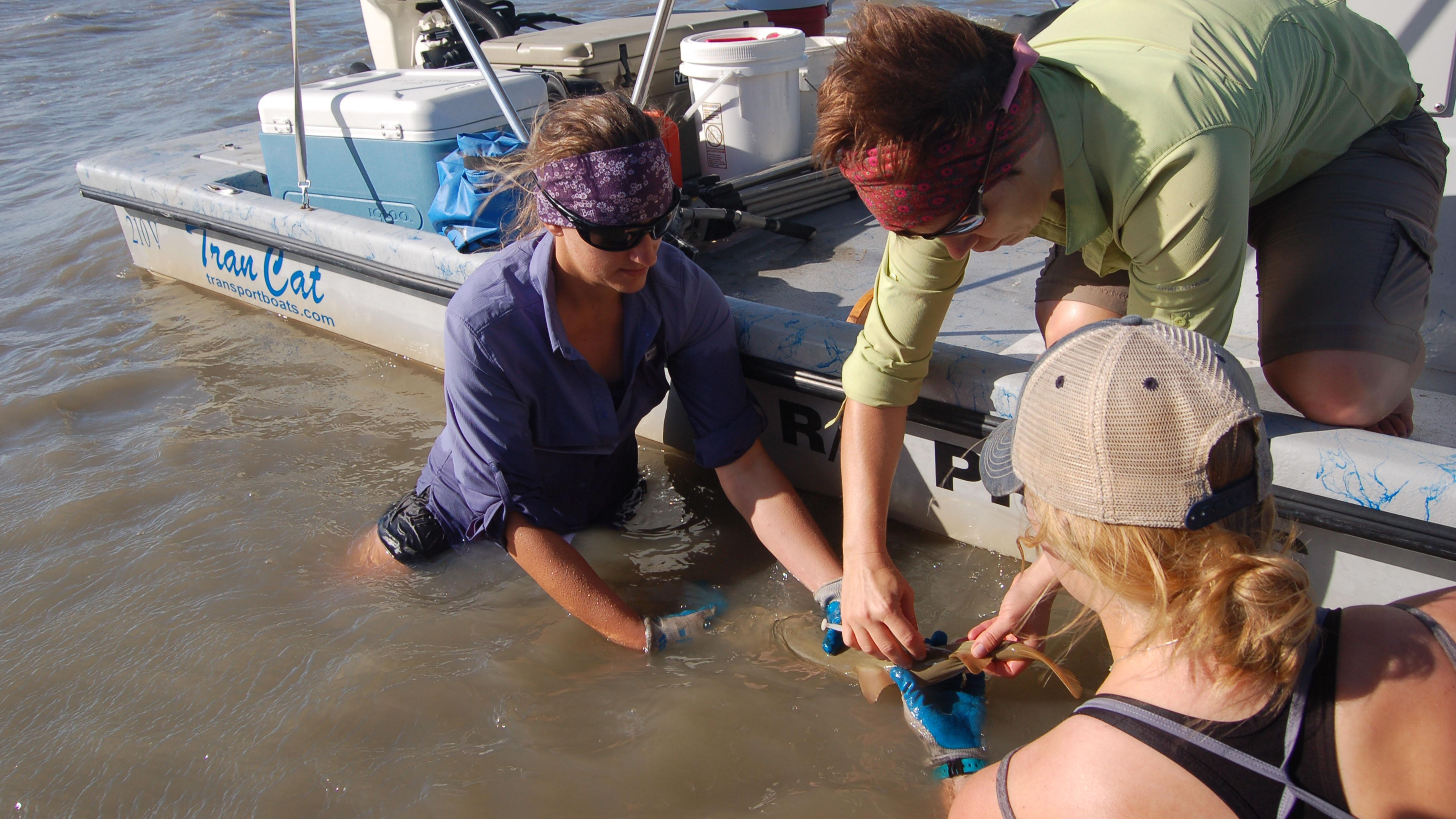
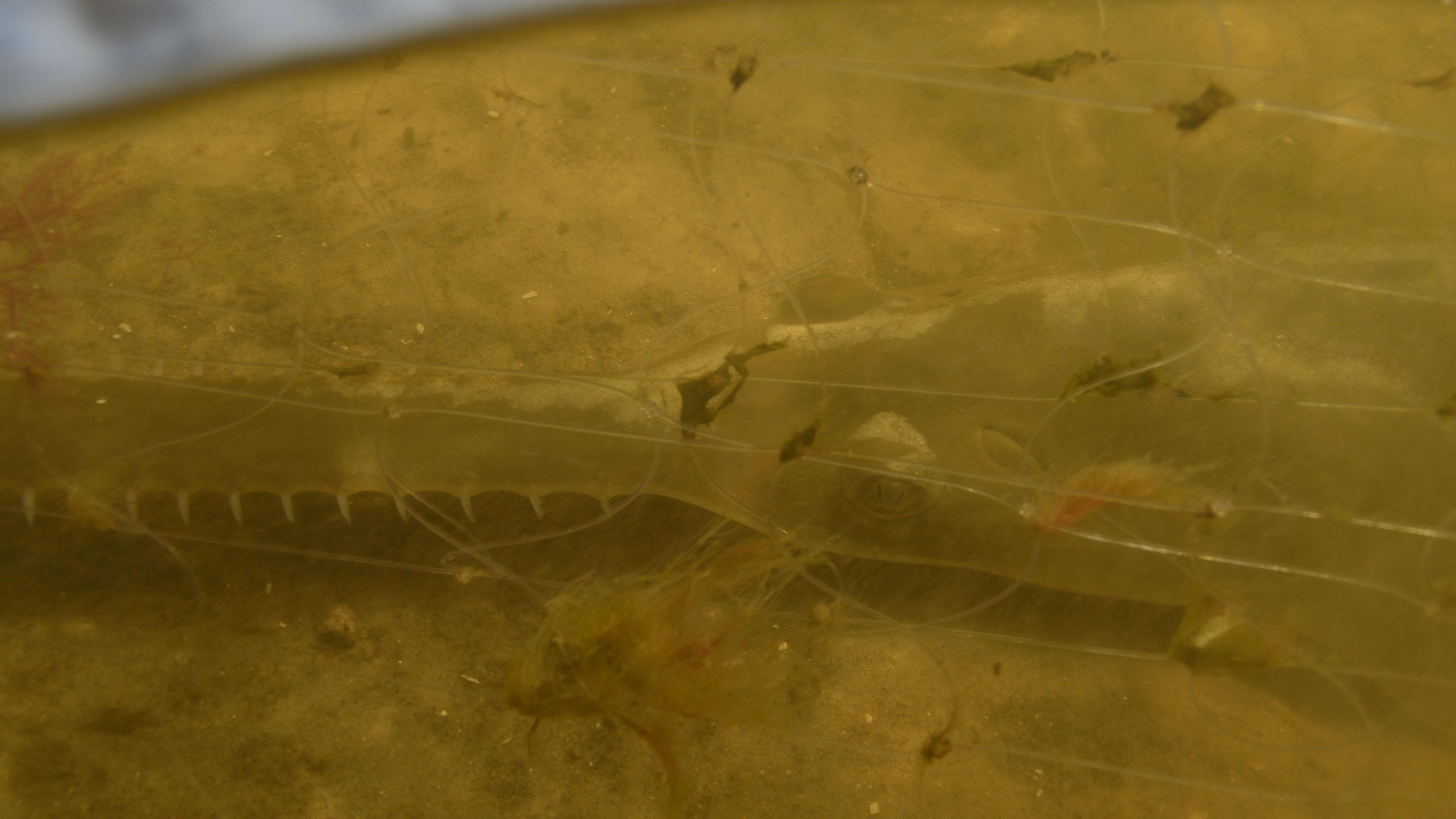
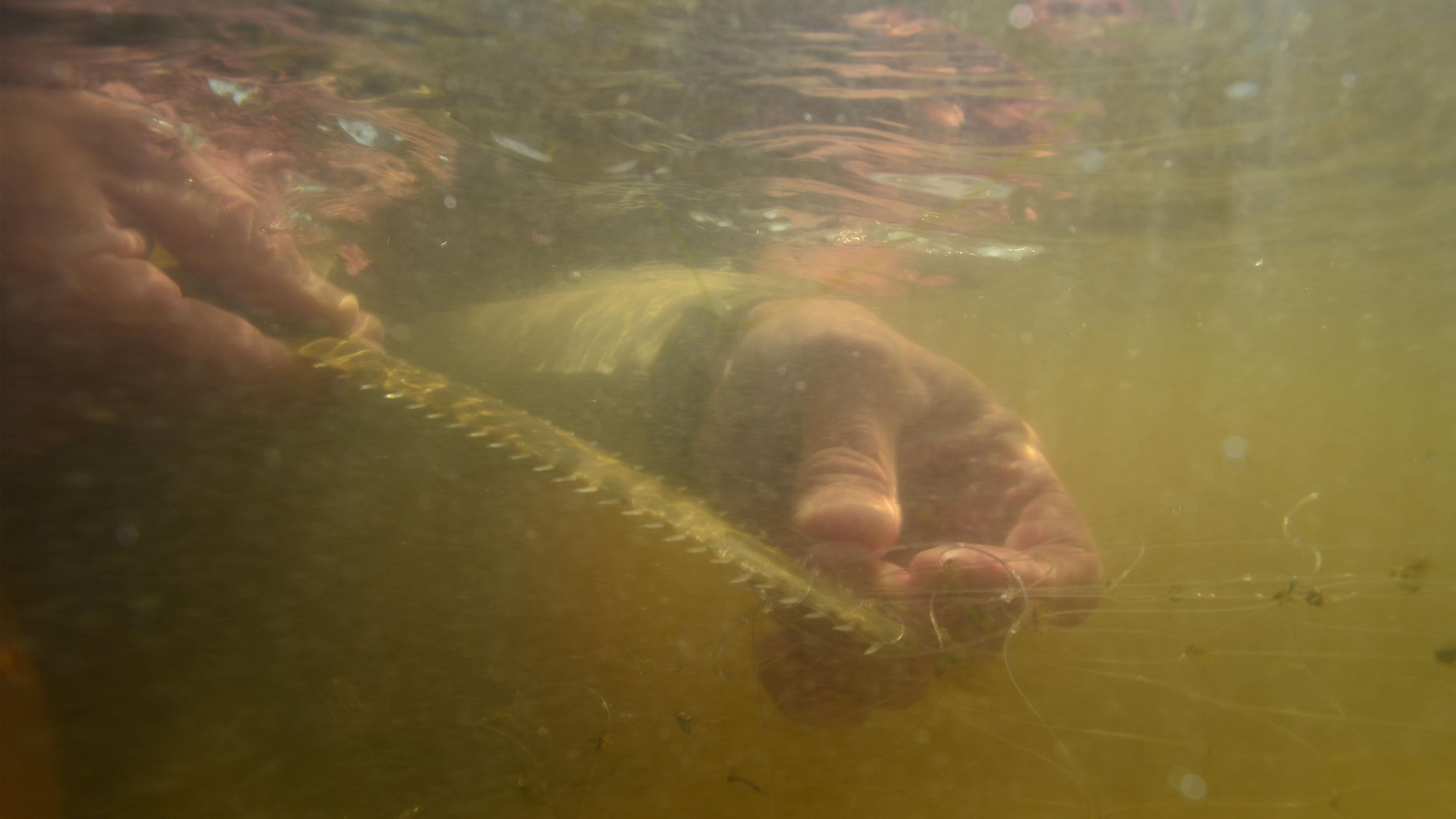
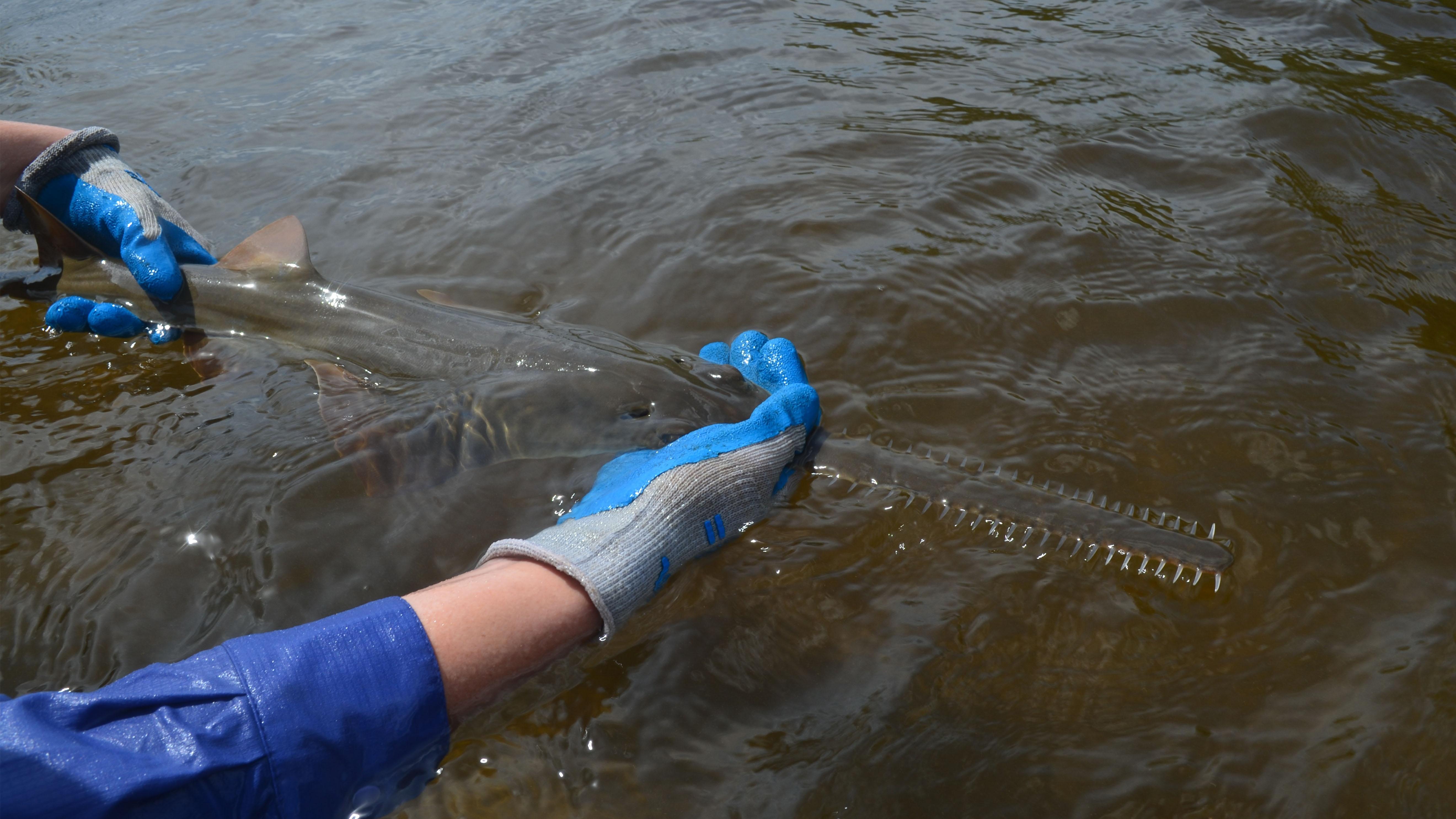
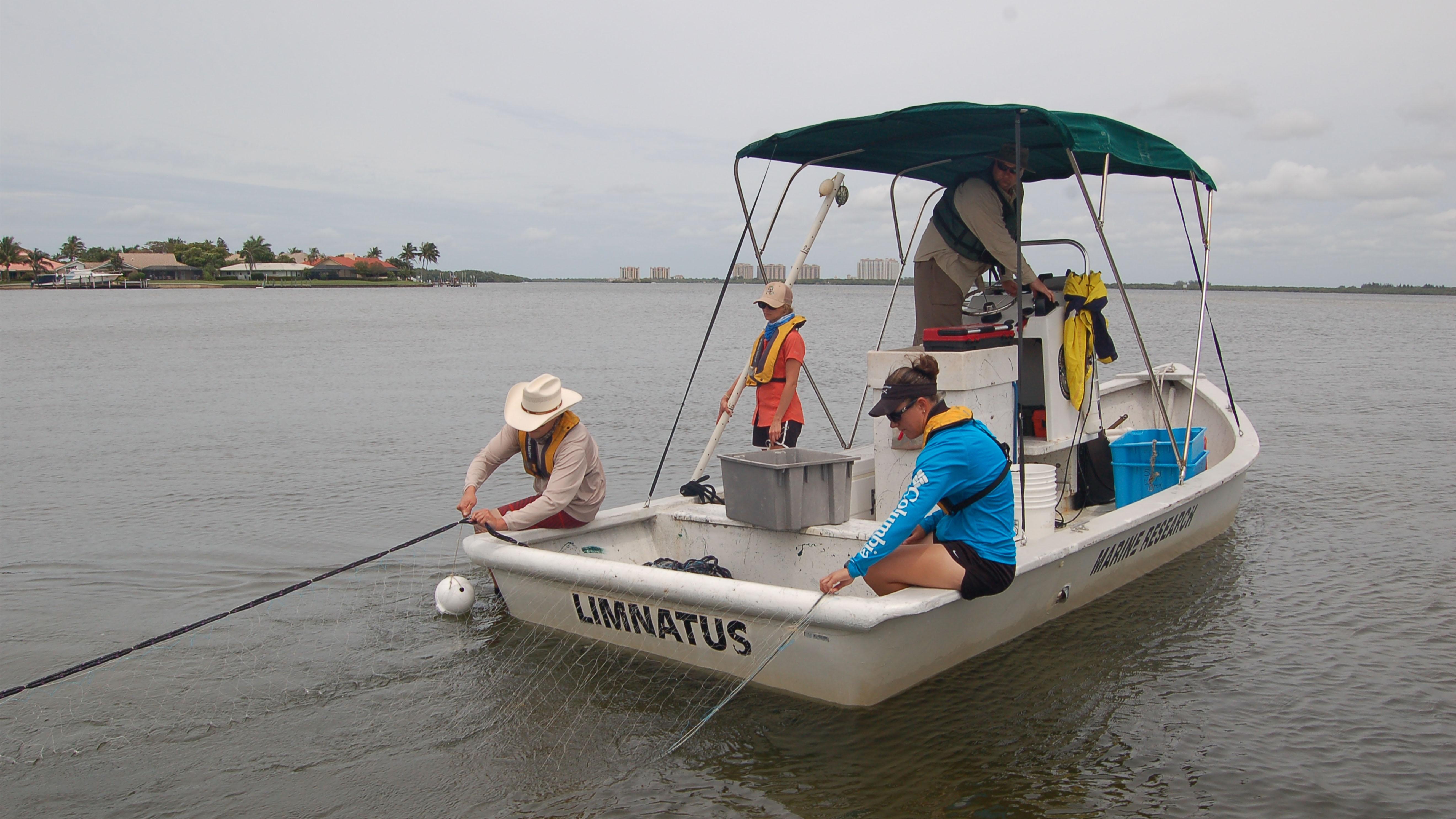
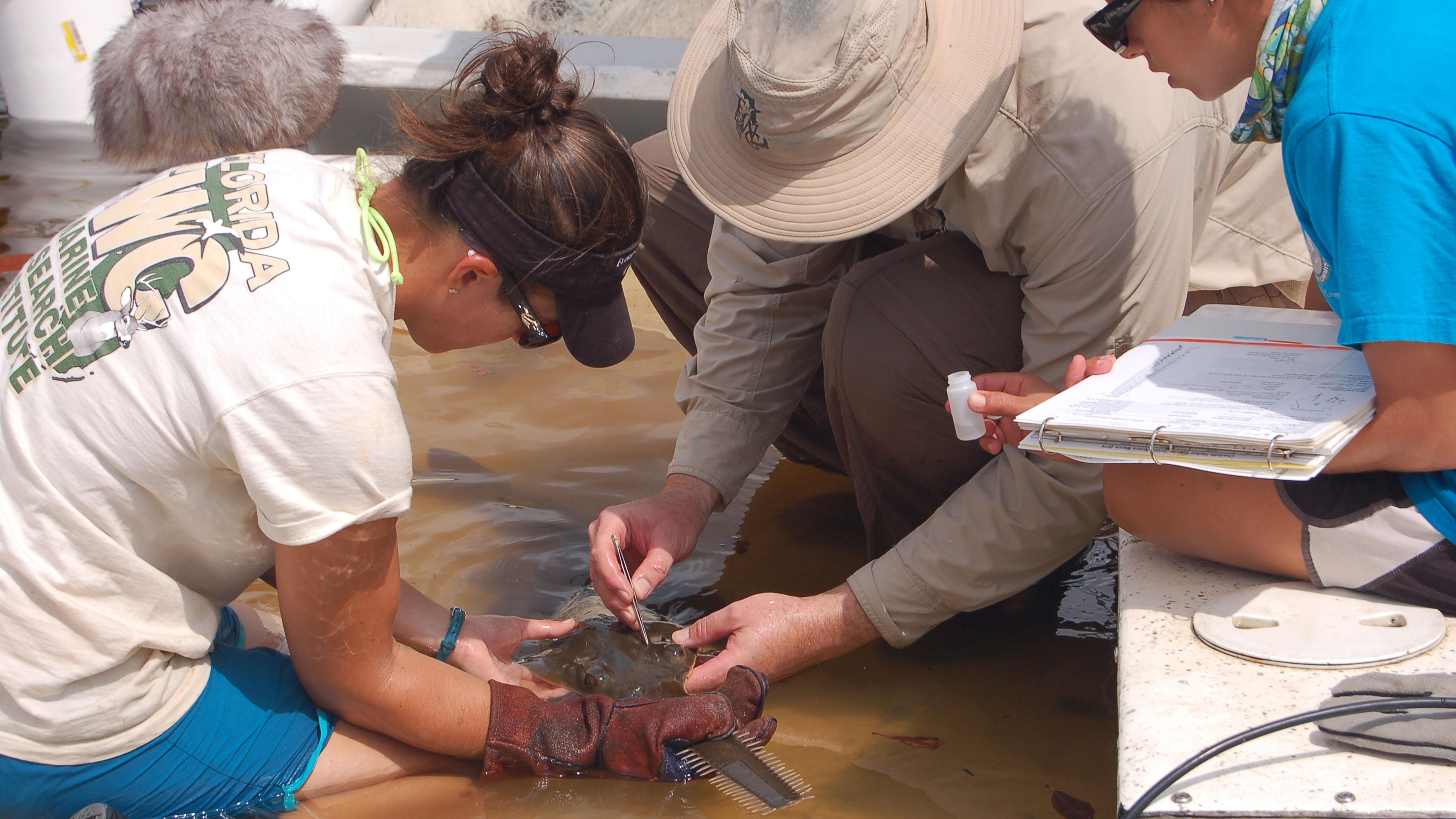
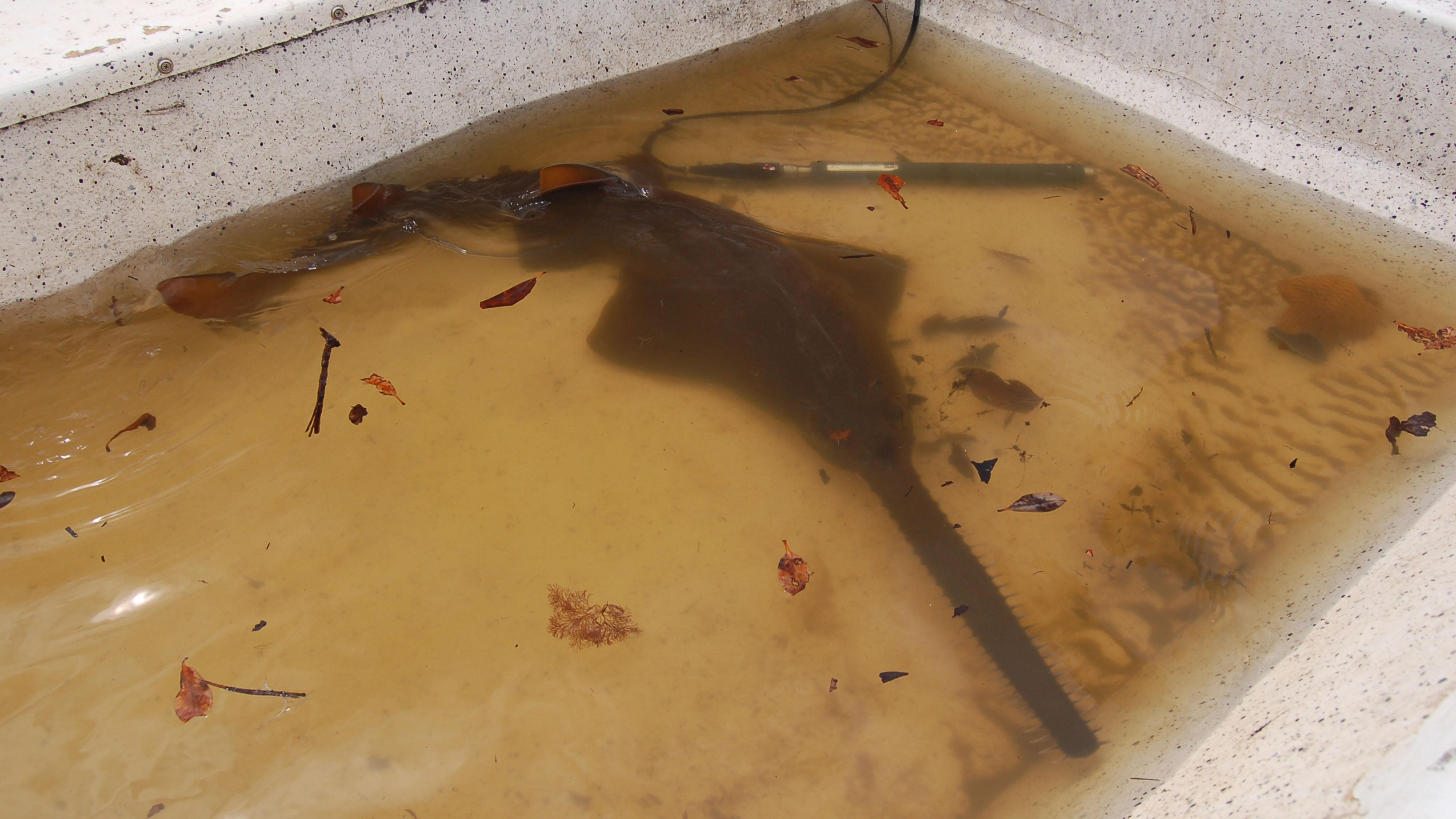
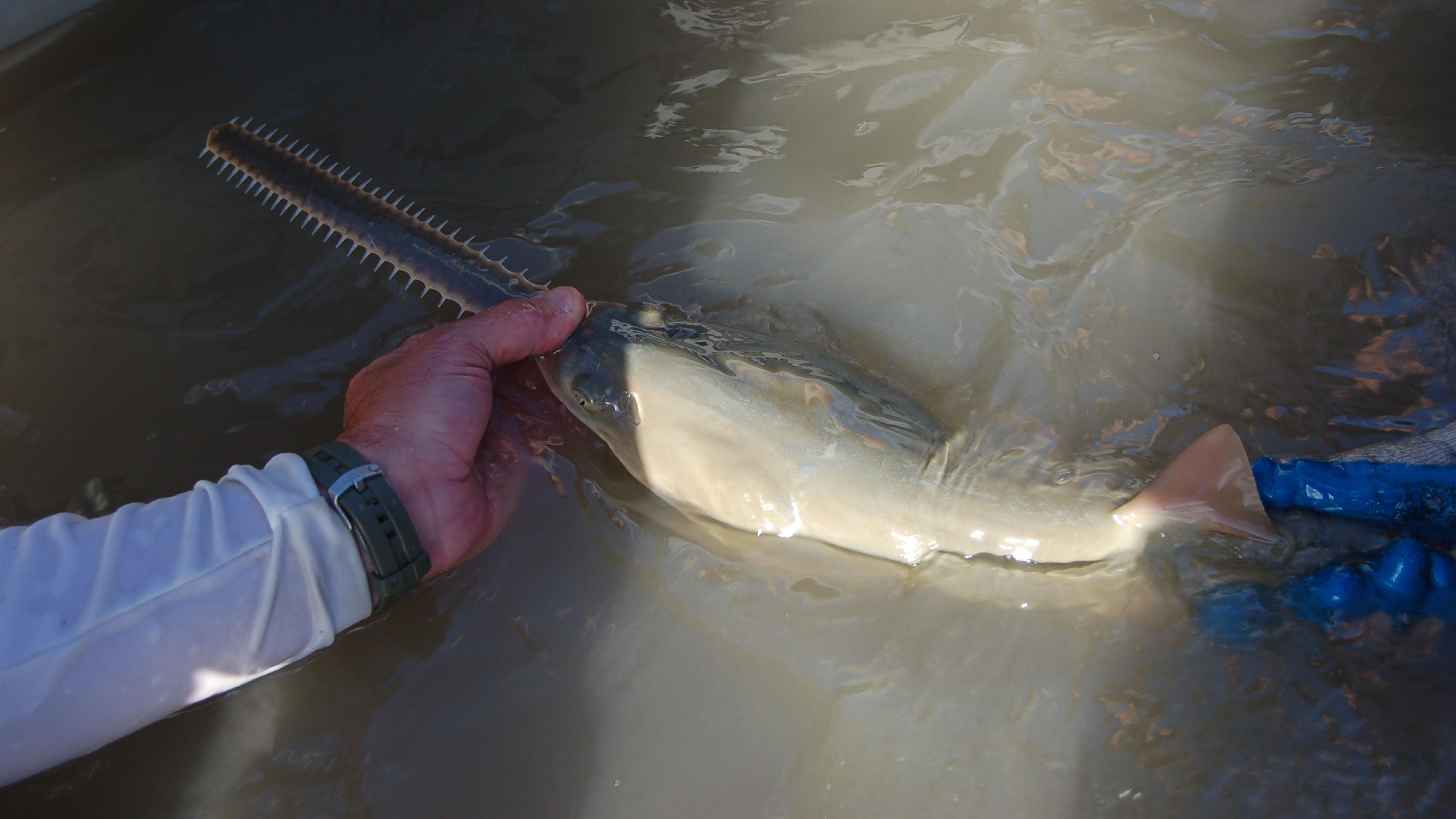
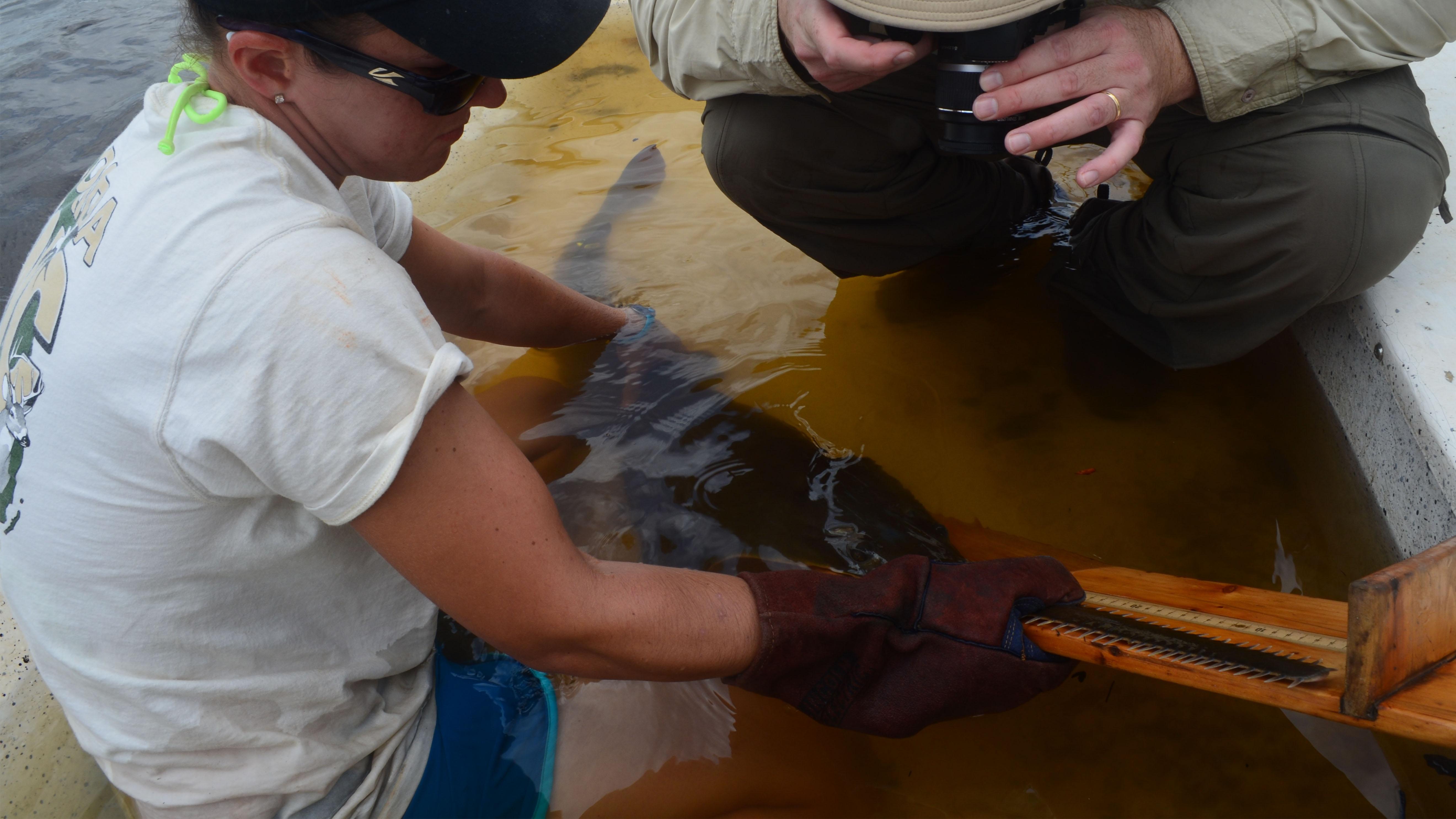
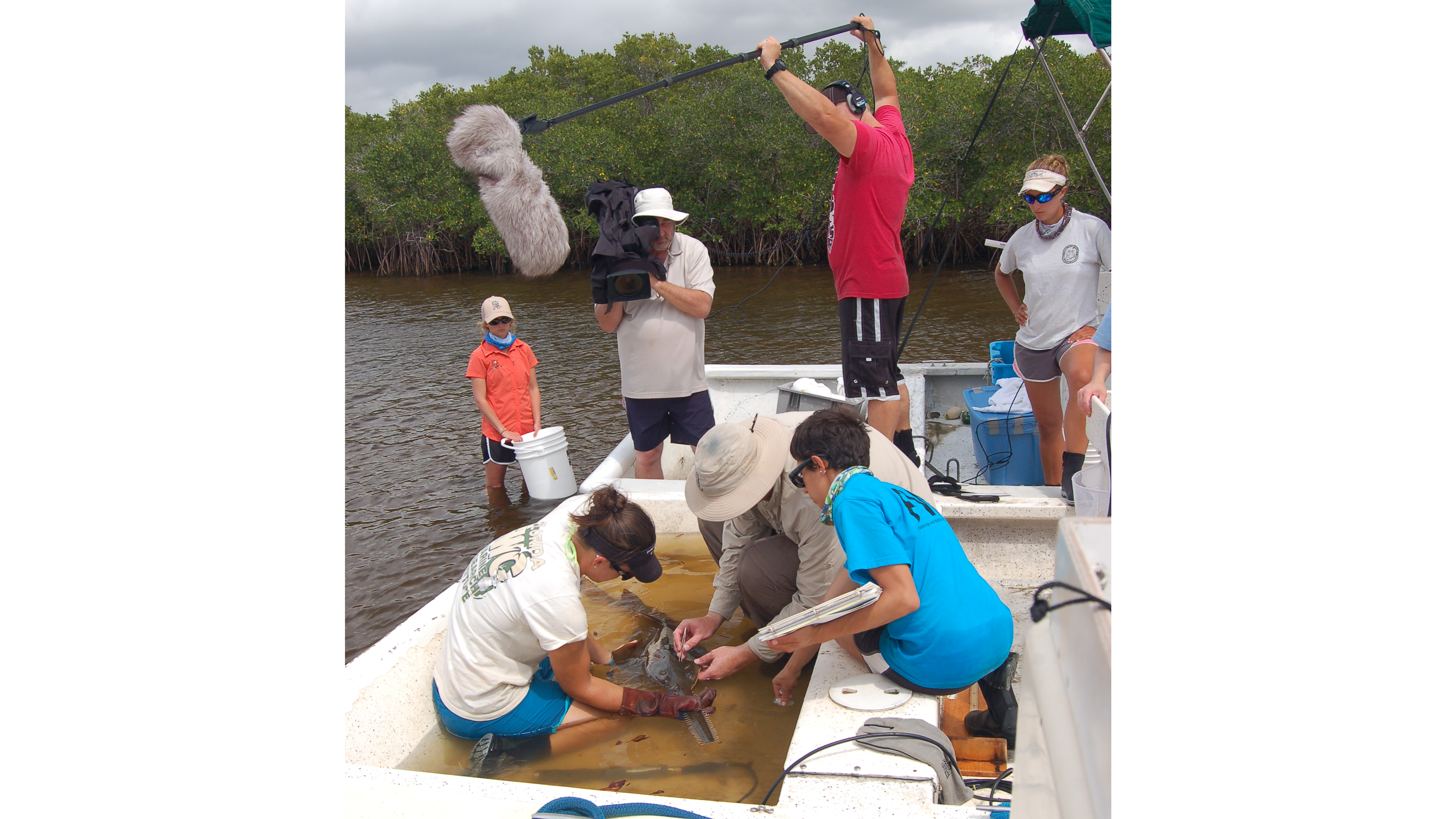

Special Thanks:
Captain’s Table Lodge
102 East Broadway
Everglades City, Florida 34139
(239) 695-4211
Four Points by Sheraton
Punta Gorda Harborside
33 Tamiami Trail
Punta Gorda, Florida 33950
(941) 637-6770
Image Credits
Changing Seas would like to thank the following individuals and institutions who kindly allowed their footage, images and other media to be used in this production:
Art Stickel
David Morgan, Ph.D.
Grant Johnson
Gregg Poulakis, Ph.D.
Oceana
Pew Oceans Commission
Scott Jones
State Archives of Florida, Florida Memory
Symbio Studios
Tristan Guttridge, Ph.D.
U.S. Sawfish collected and filmed
under Guidelines & Authority of:
NMFS ESA Permit No. 15802
NMFS ESA Permit No. 17787
FL Permit No. SAL-14-1345SRP
FL Permit No. SAL-14-1292-SRP
NPS Permit No. EVER-2014-SCI-009
Special Thanks:
Monica Clerio
Florida Museum of Natural History
Funding for this episode of Changing Seas was provided by:



